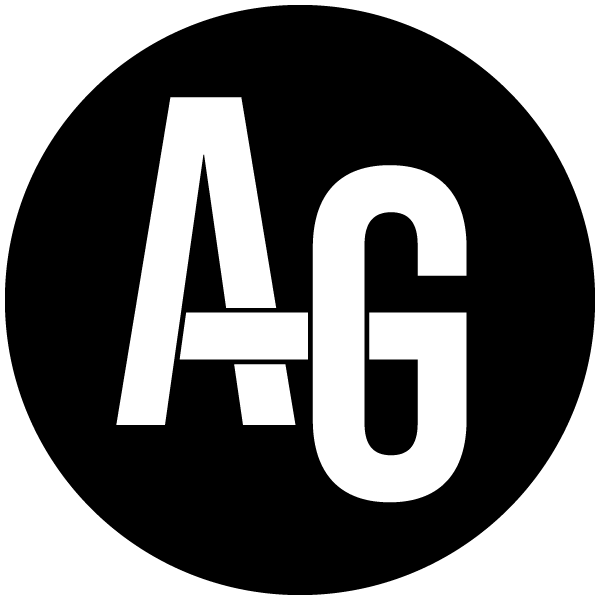A Black Vision of Palestine
From October 24th to November 7th, I had the honor of joining 15 other freedom fighters for a two week African Heritage Delegation to Israel/Palestine through the Interfaith Peace Builders. Our delegation was made up of educators, journalists, filmmakers, and several other professions. Much of what we saw troubled us. Other aspects gave us deep hope. All of it propelled us to move past casual observation to a joining in solidarity with the Palestinian struggle against apartheid.
Midway through the trip, I was inspired by fellow delegate Ajamu Baraka to consider publishing my photographs as an eventual gallery. "I think you should call it A Black Vision of Palestine." The name stuck, and now the two of us plan on speaking together nationally about the narrative behind these images.
Here's a sneak peak of what I saw. For the sake of expediency, I'm publishing this gallery before its completion. I have more to add, but there is no time to waste with availing this to the public — people are in bondage, families are being broken apart, and a nation is suffering. I hope to add more details and photos in the next days and weeks. Please check back often for updates.
Hover over photos for details
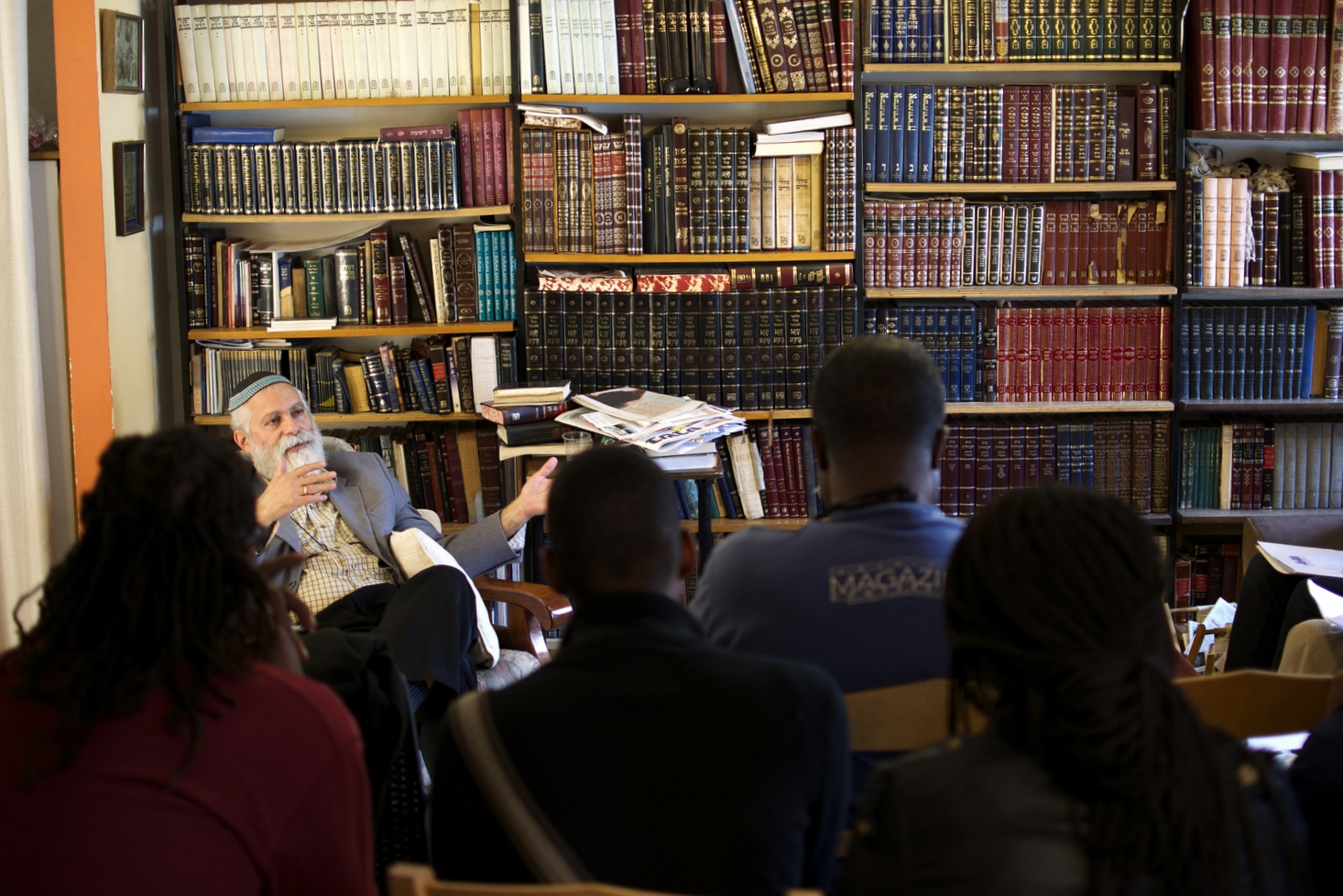
The African Heritage delegation meeting with David Wilder, an Israeli Settler in Hebron. "When people ask me about Palestine I ask them, 'Who are the Palestinians?'... they were an invented people."
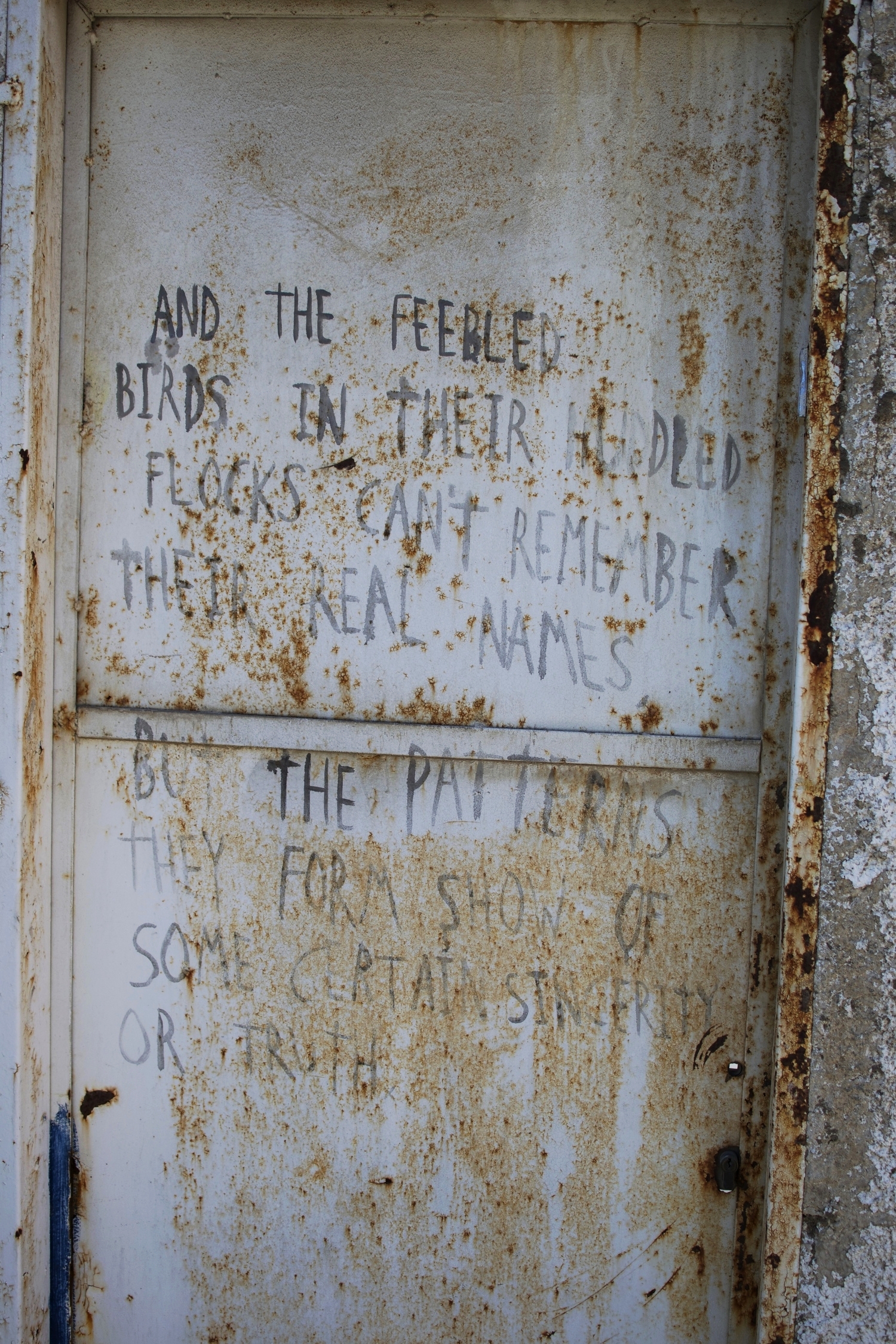
"And the feebled birds, in their huddled flocks, can't remember their real names.... but the patterns they form show of some certain sincerity or truth." —Written on a wall in East Jerusalem. The streets are filled with this kind of art.
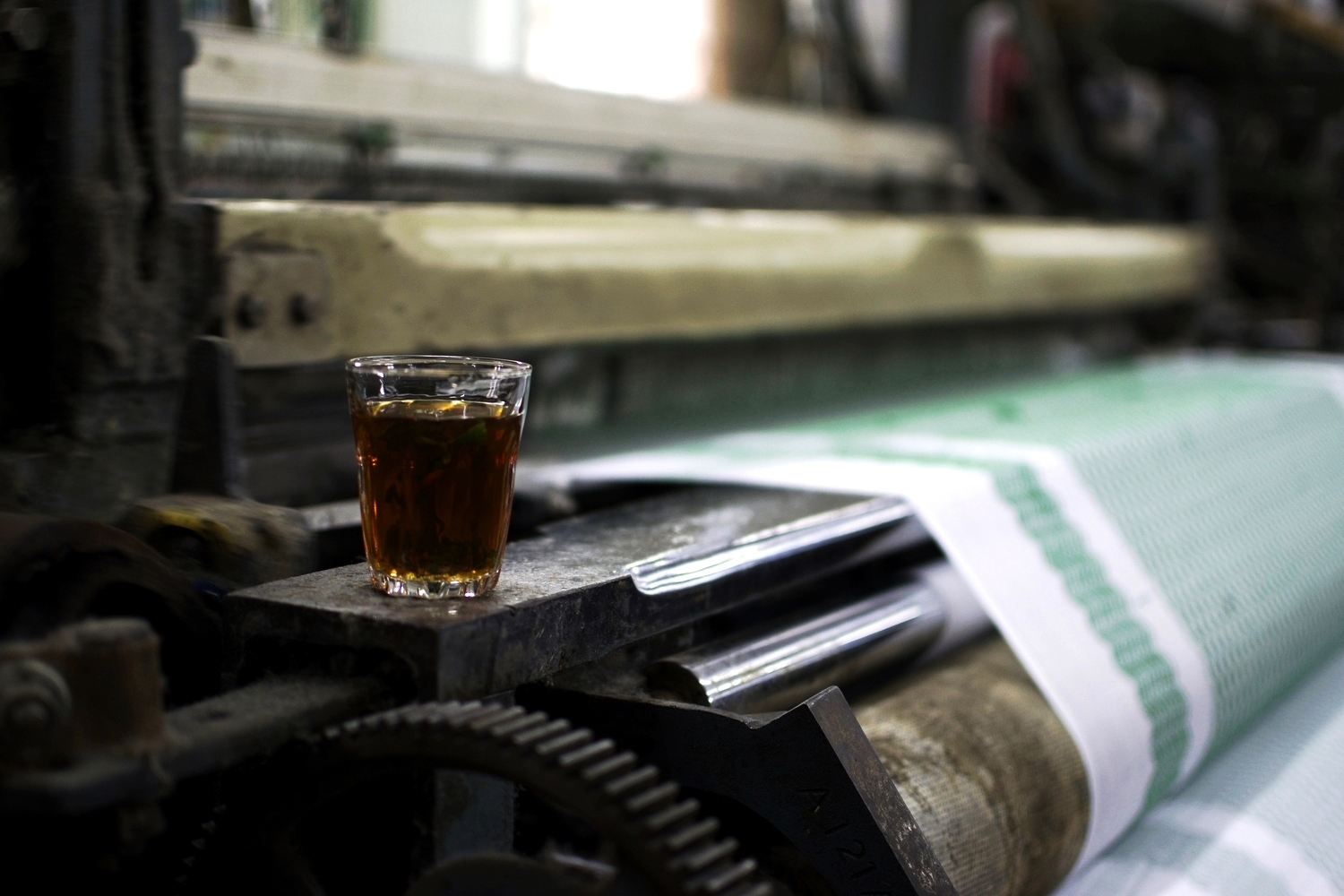
Inside a palestinian Keffiyeh factory.
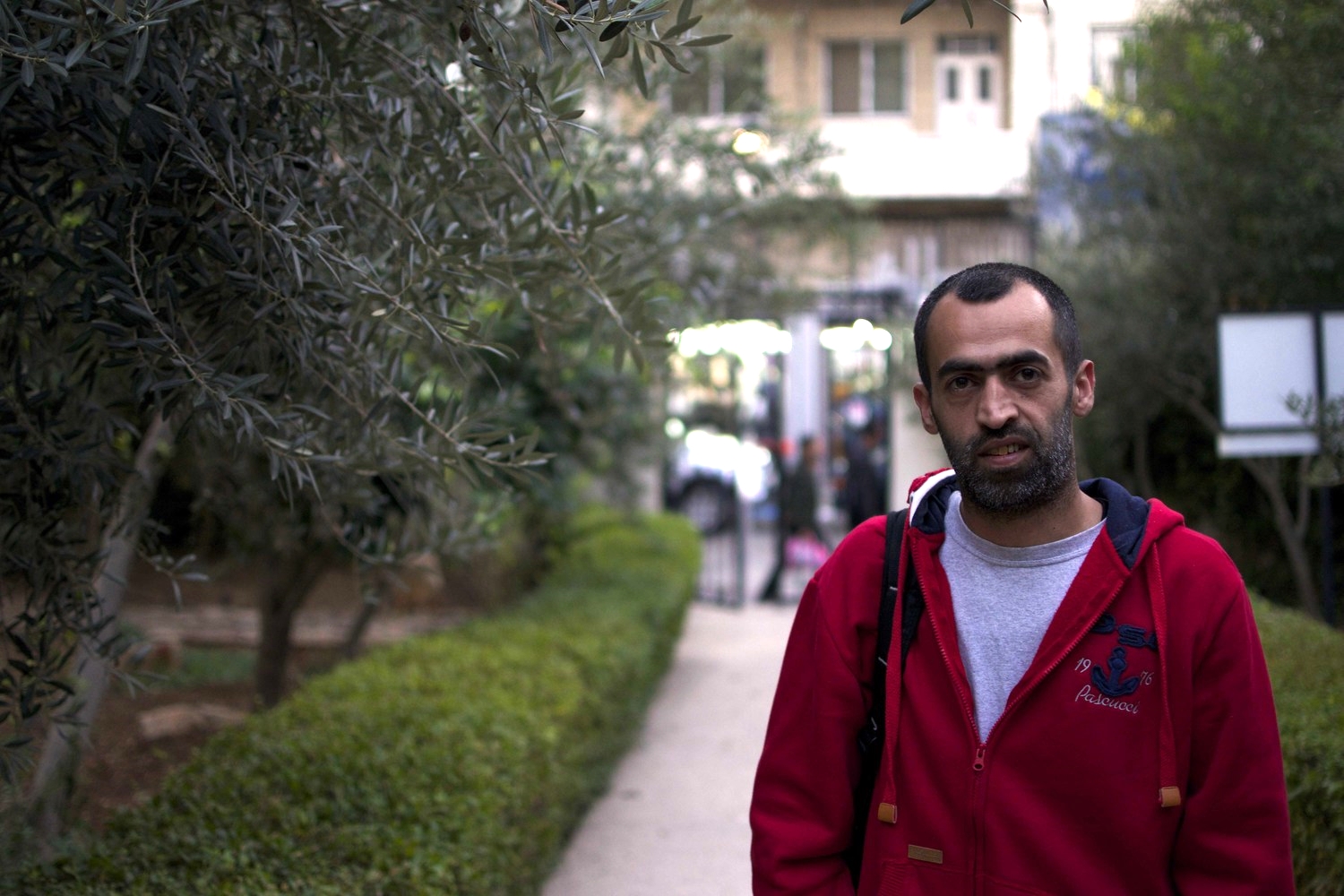
Muhannad Al-Azzeh: legal assistant at Addameer Prisoner Support and Human Rights Association.
His house was raided late one night by Israeli military. He was put in an administrative detention for about 108 days. On the 105th day, he began a hunger strike that led to his hospitalization, move to Beer Sheva prison, and eventual release (years later).
Muhannad was never told his charg
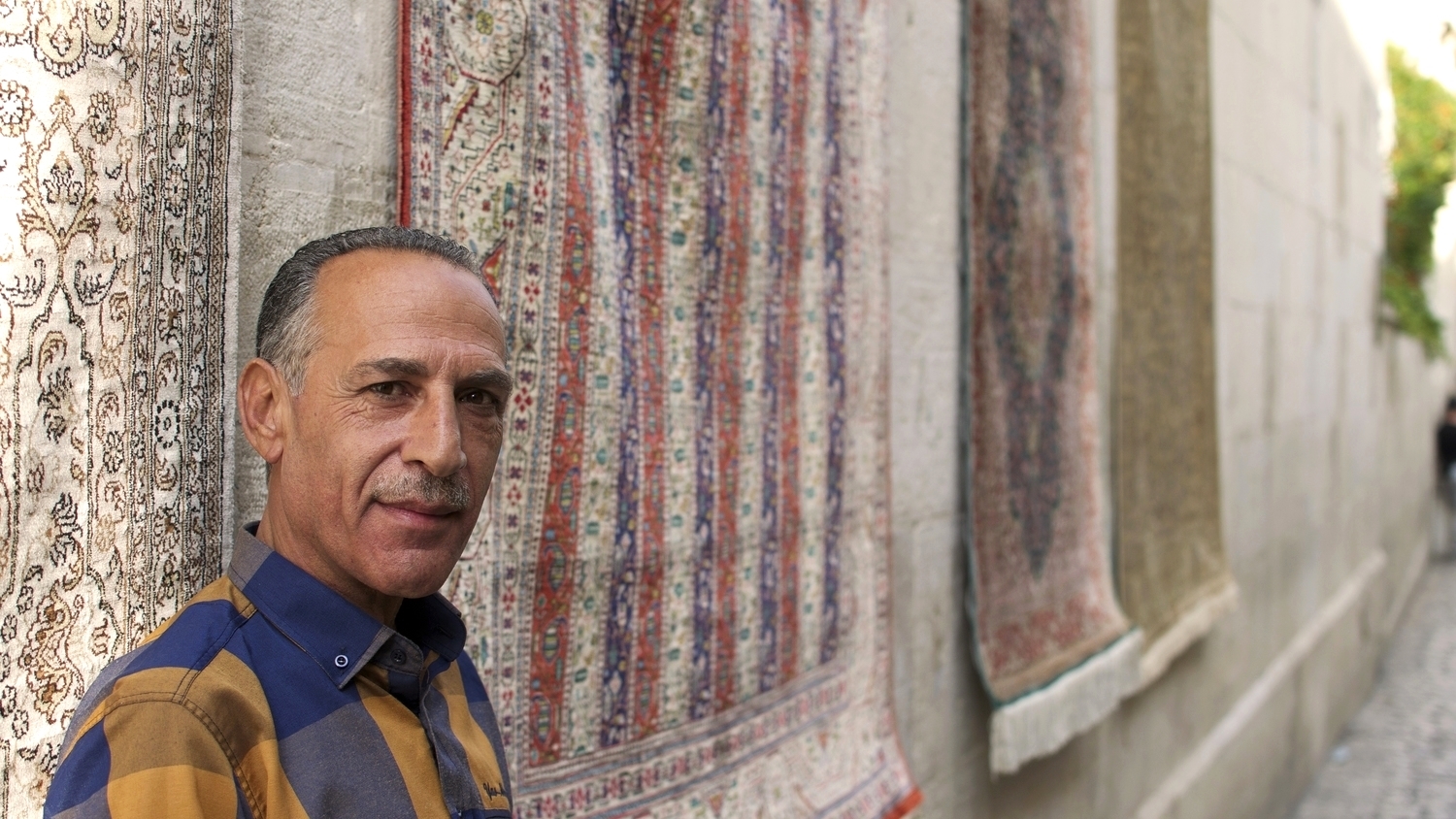
A man inside the old city.
"How is life for you here?"
"I live in Palestine; I suffer in Palestine."
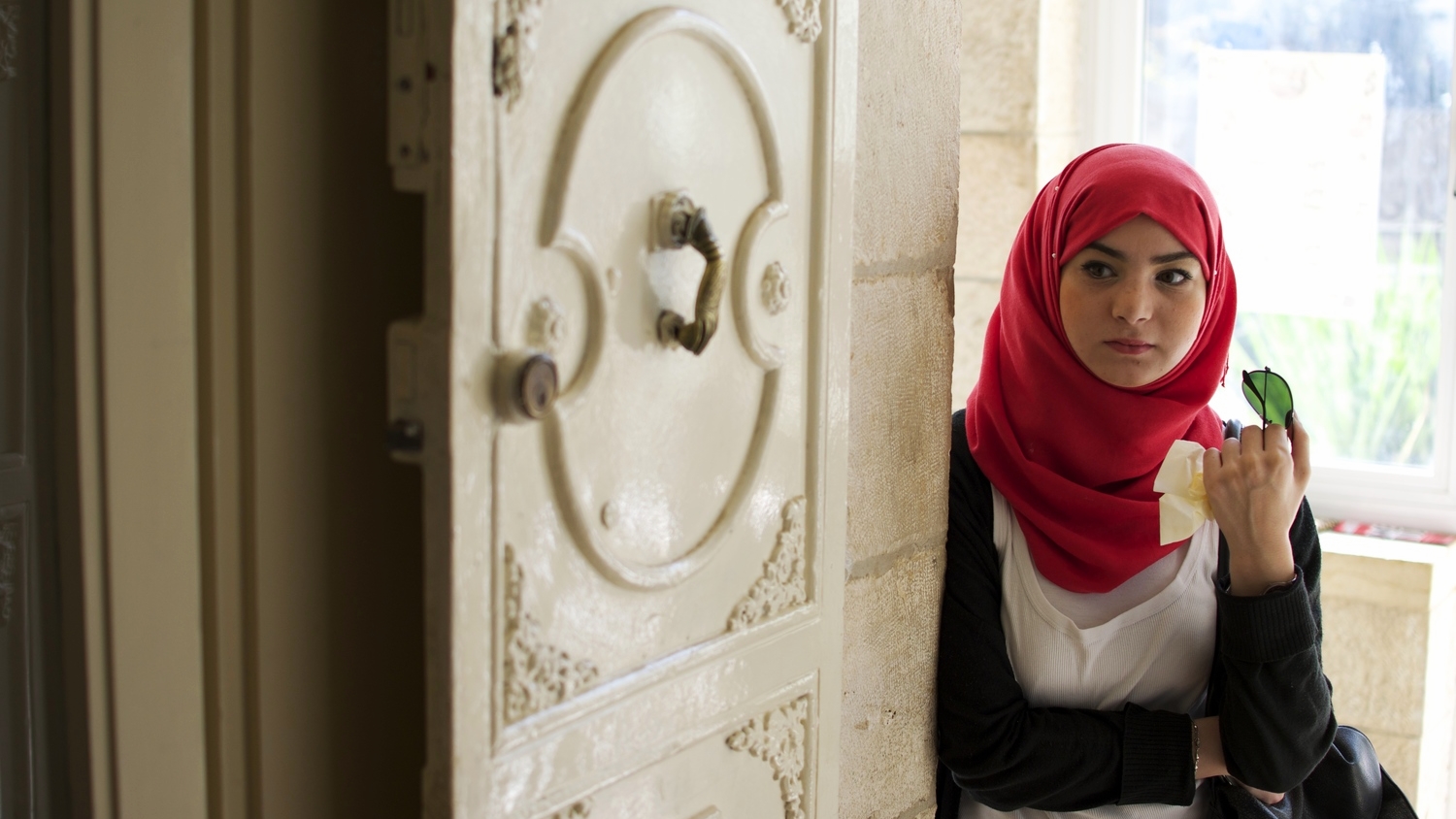
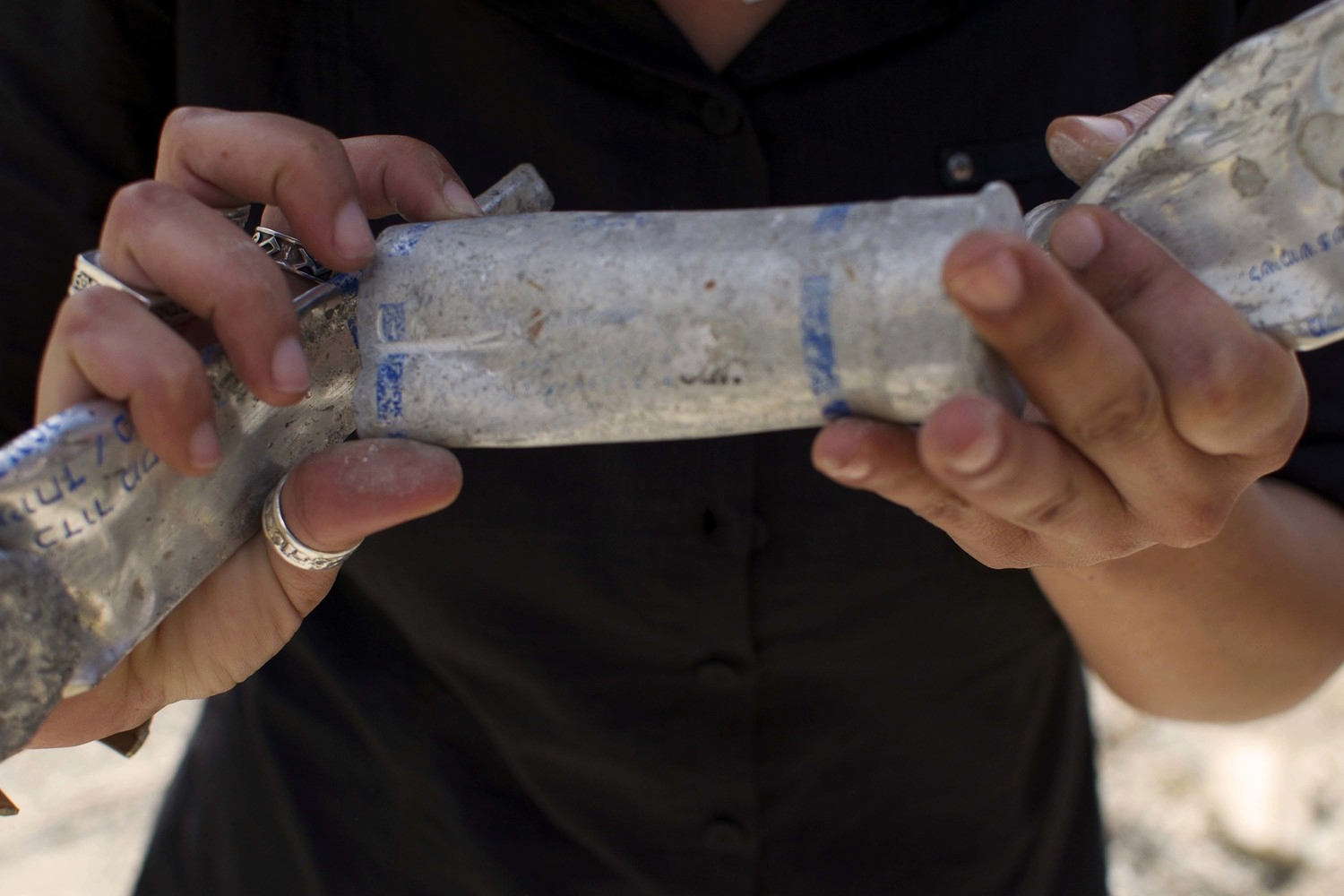
Tear Gas canisters found along the apartheid wall and being held by Palestinian activist Fay Ruze. "Usually they have a stamp on them," she said. "Made in the USA."
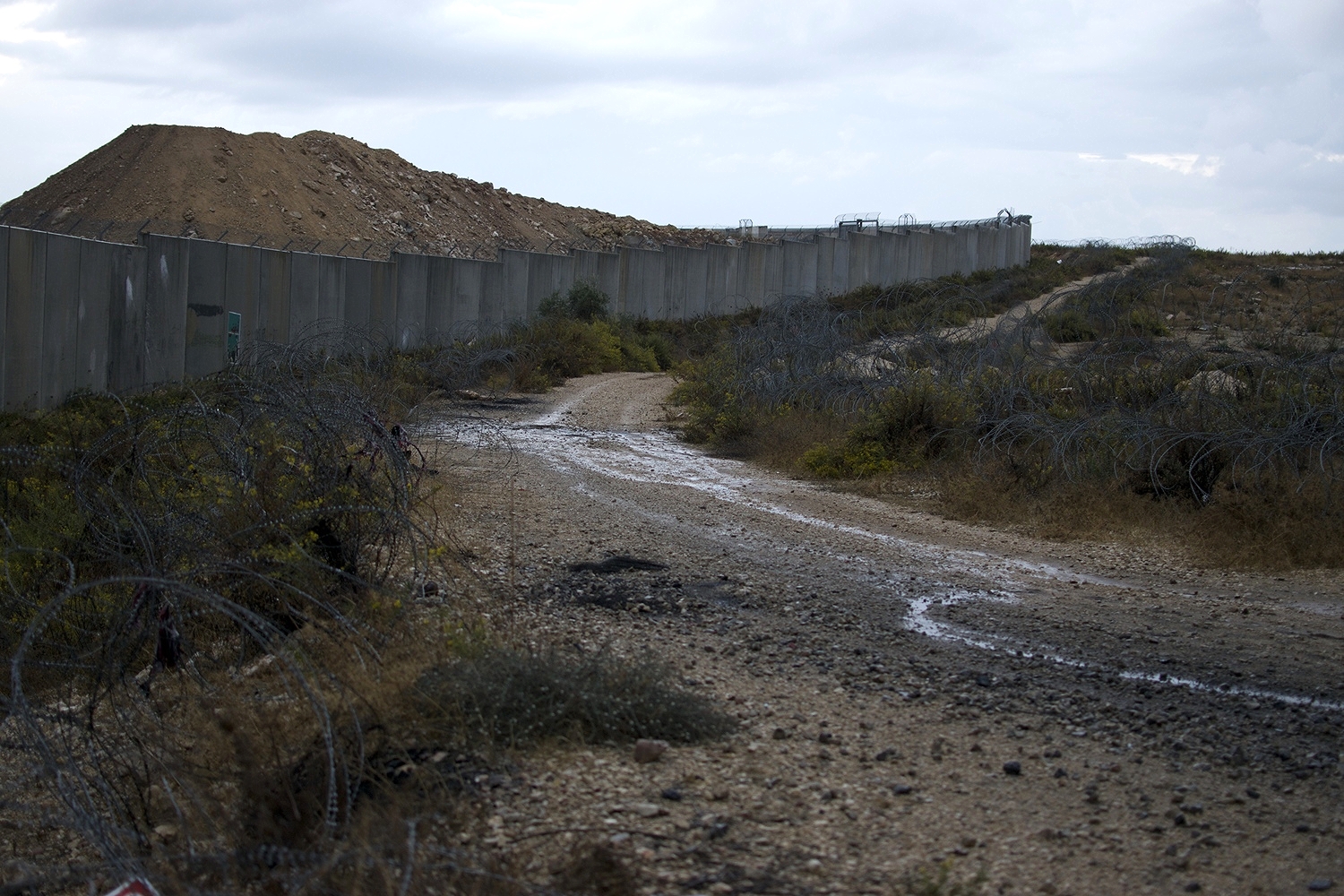
A long stretch of the apartheid wall in the village of Bil'in. The wall is 8meters high and 723 kilometers long. For comparison, the Berlin wall was 3.6 meters high and 155km long.
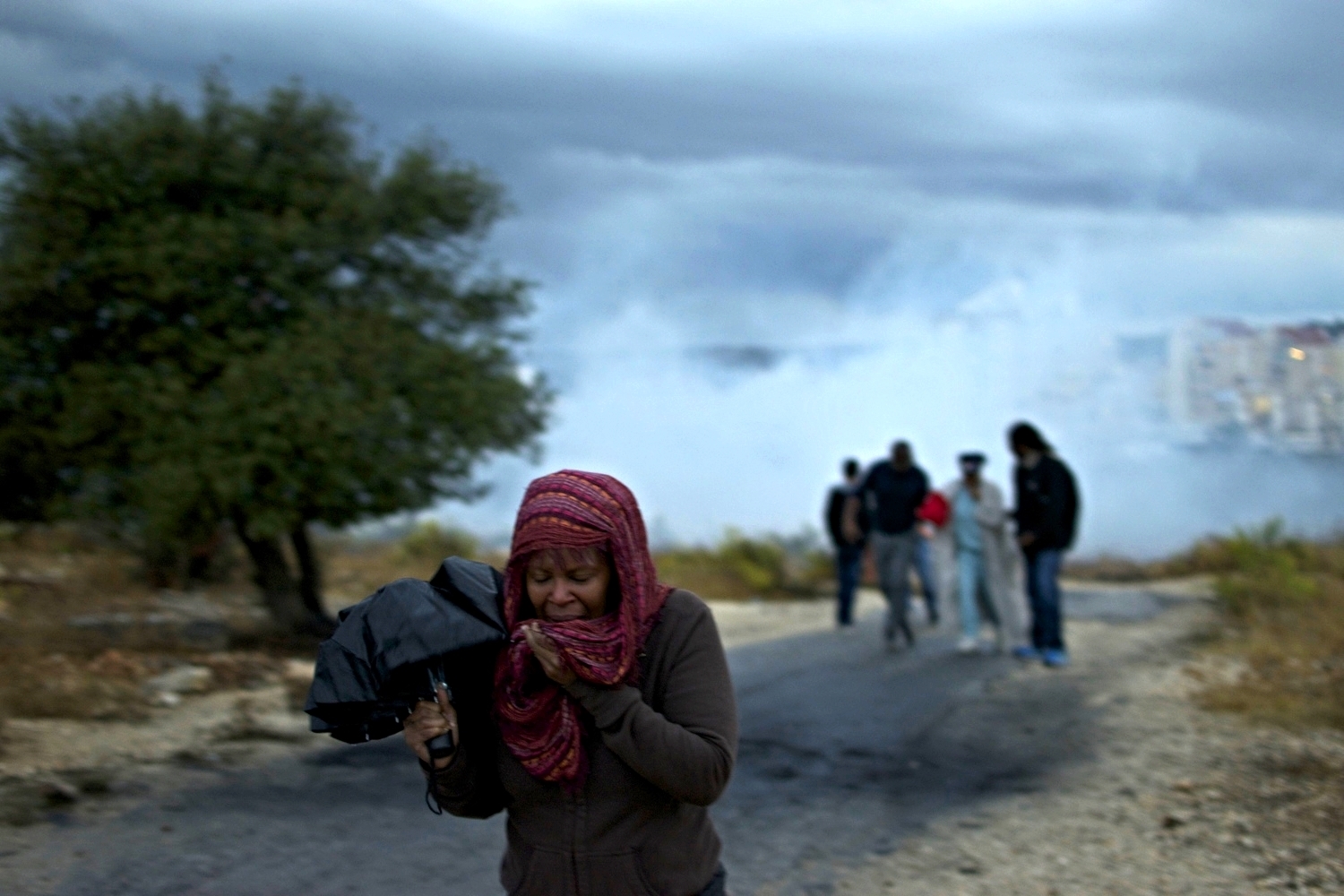
On November 1st Interfaith Peace-Builders' 2014 African Heritage Delegation to Israel and Palestine visited the West Bank Village of Bil'in. The Israeli military fired about a dozen rounds of tear gas explosives at the delegation for merely looking at the wall. This is activist Trina Jackson after getting hit with smoke.
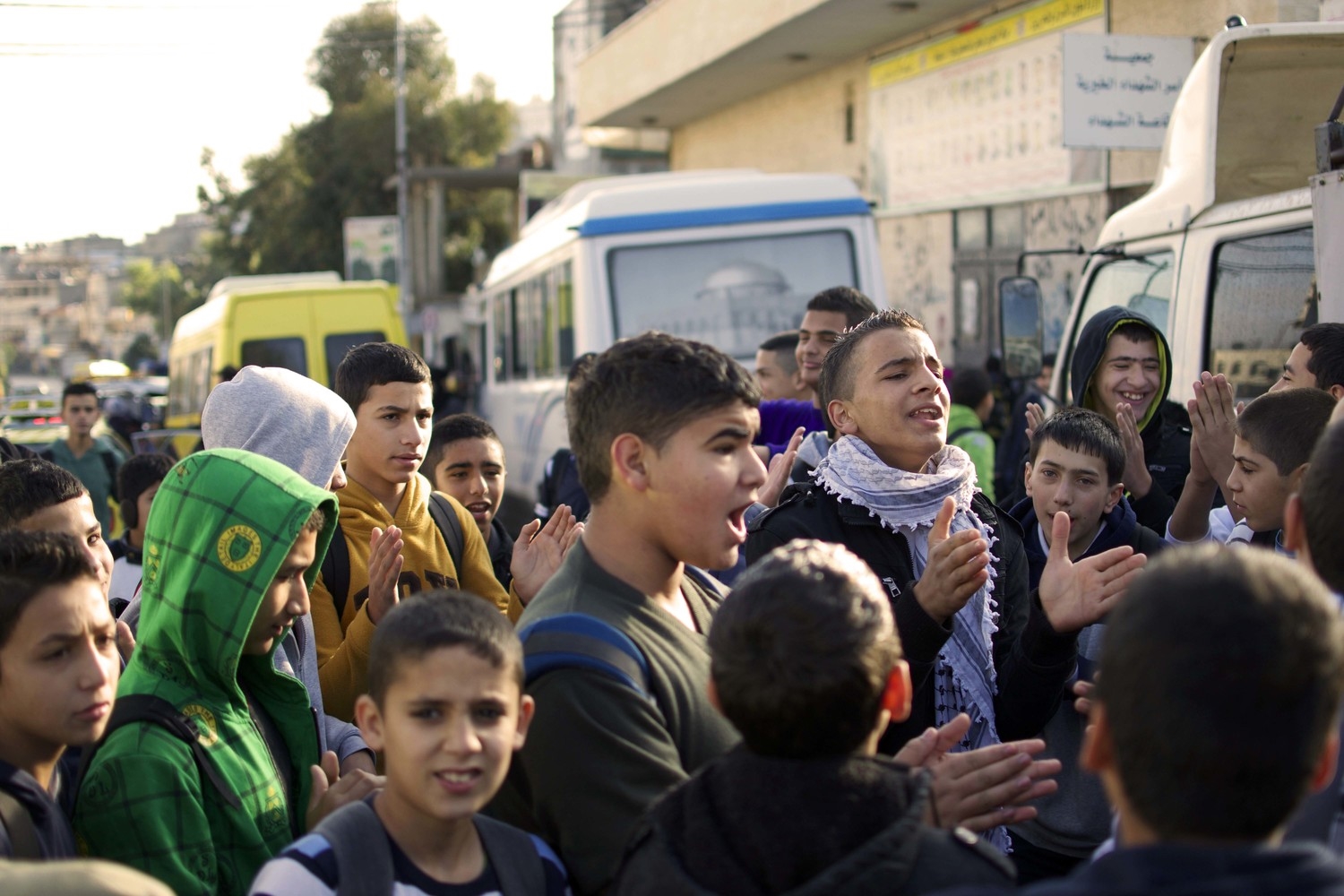
Kids outside of Dheisheh Refugee camp leading a protest over the shutdown of Al'asqa mosque.
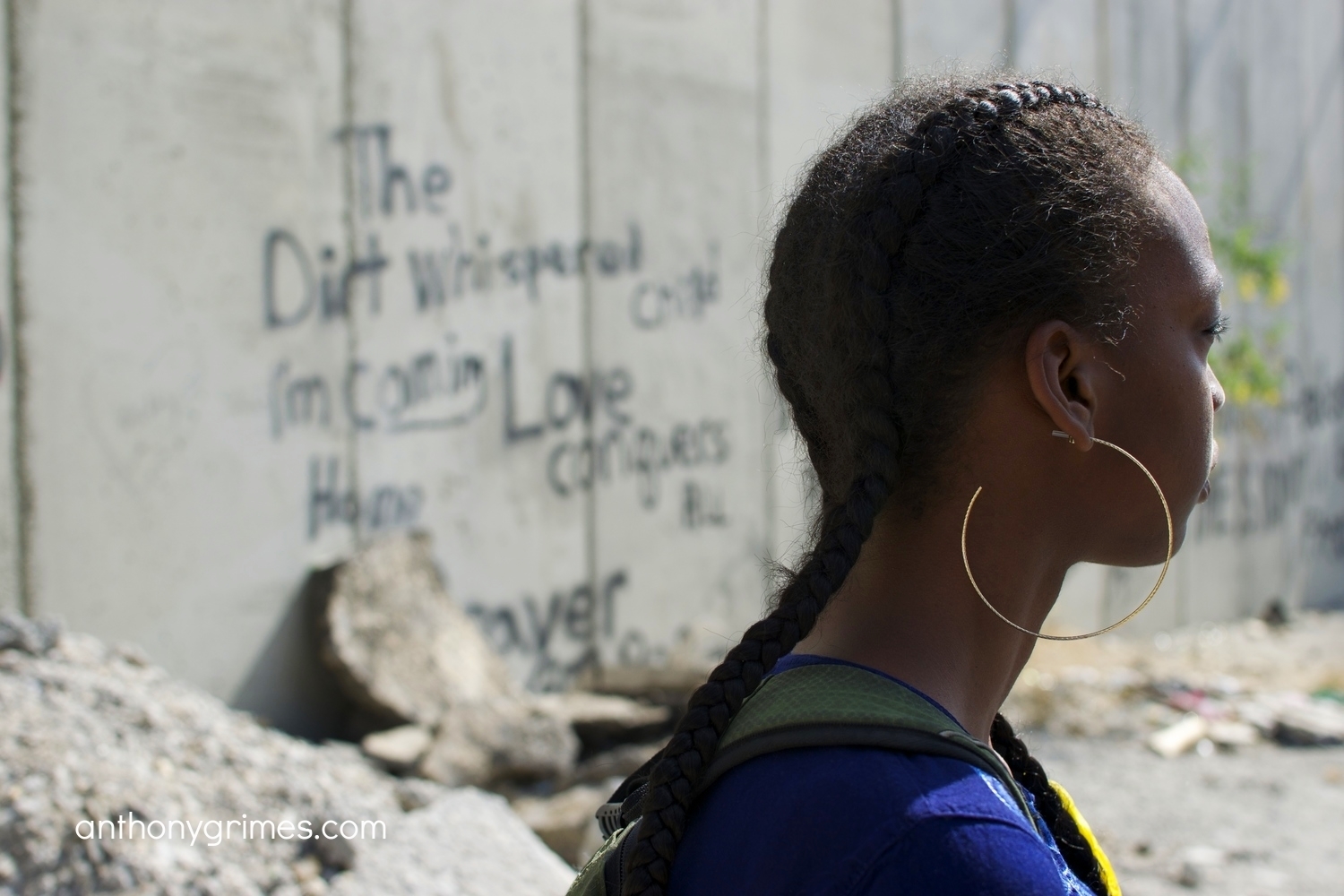
Activist and delegate Kamilah Moore scanning the Apartheid wall.
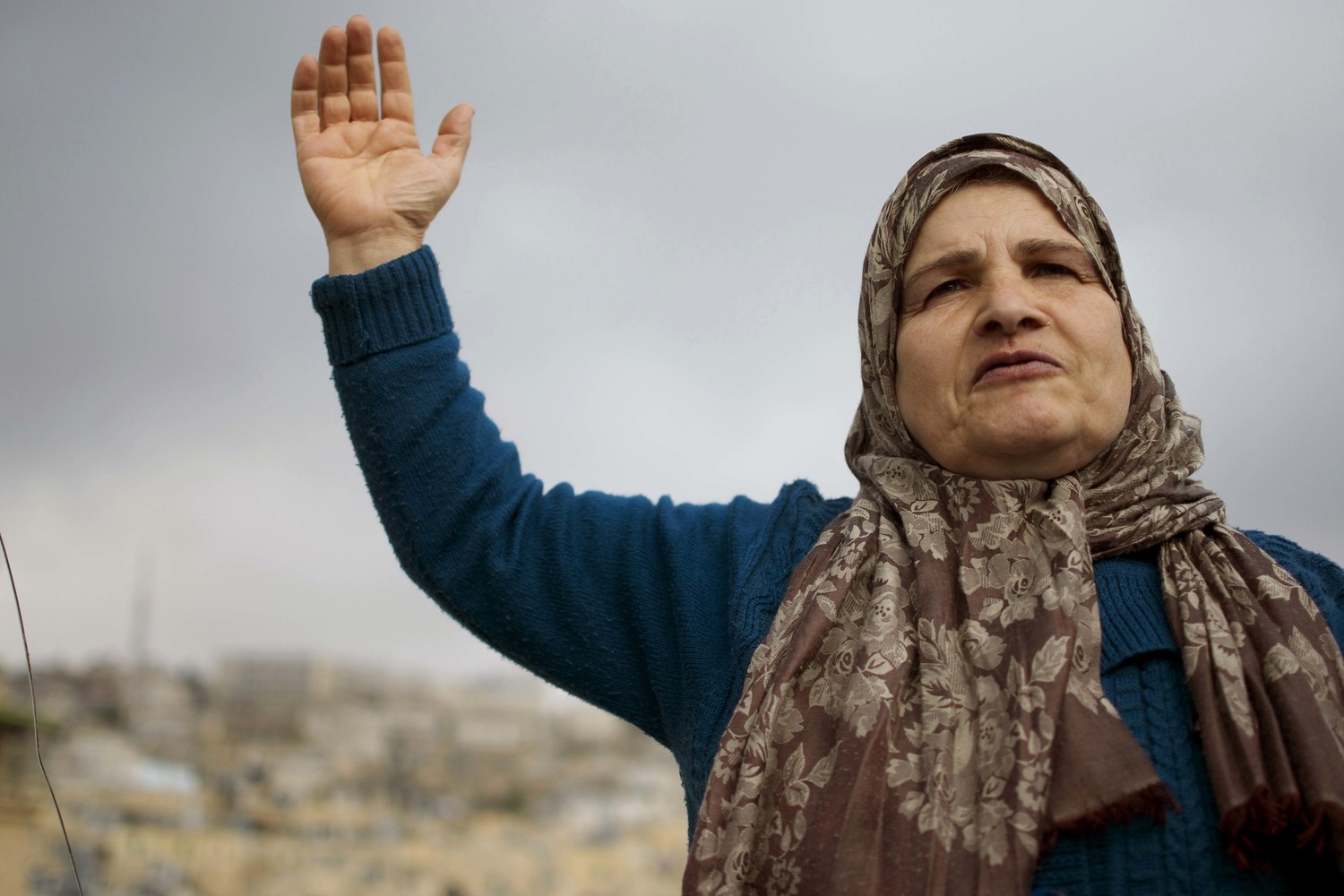
Zleikha Muhtaseb talking about Israel's closure of a main road in Hebron called Shuhada Street. The arbitrary closure of the road has caused what used to be a booming economic hub for Palestinians to become a desolate stretch of closed shops.
"It wasn't for security," the woman said. "I can throw rocks just as easily from the cemetery across the street, if I wanted to."
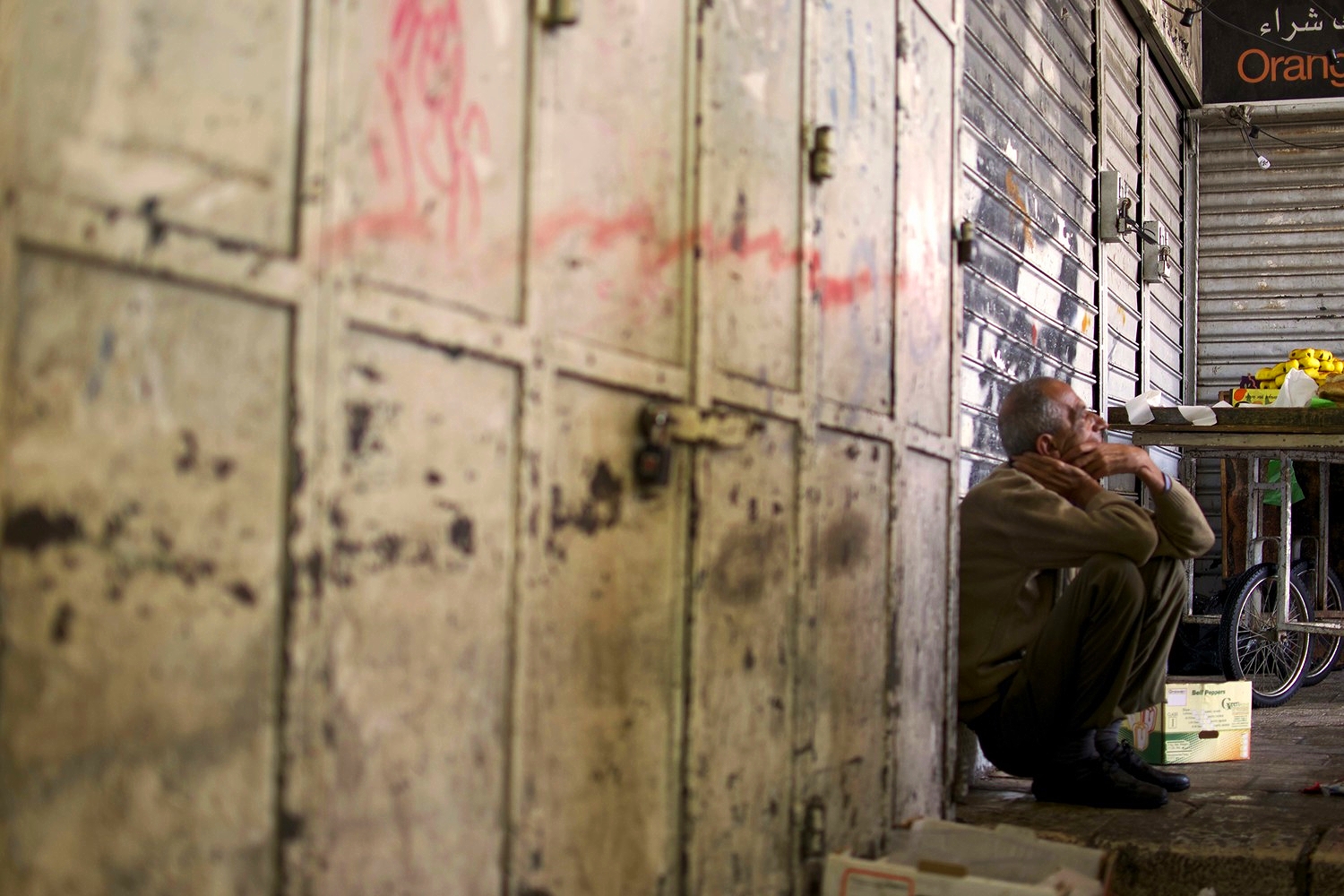
A man taking a break from work in old city Jerusalem.
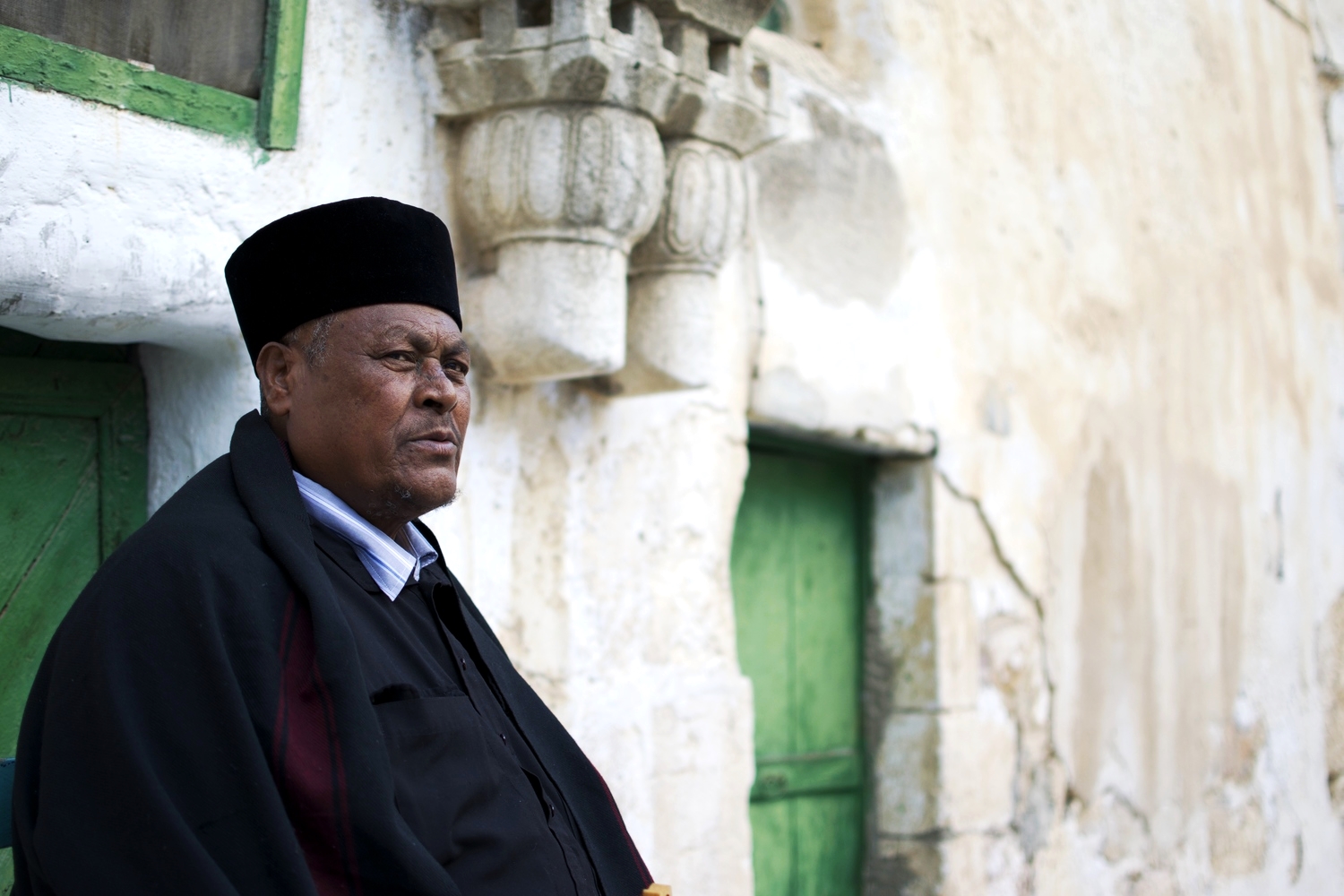
A Christian priest in the old city.
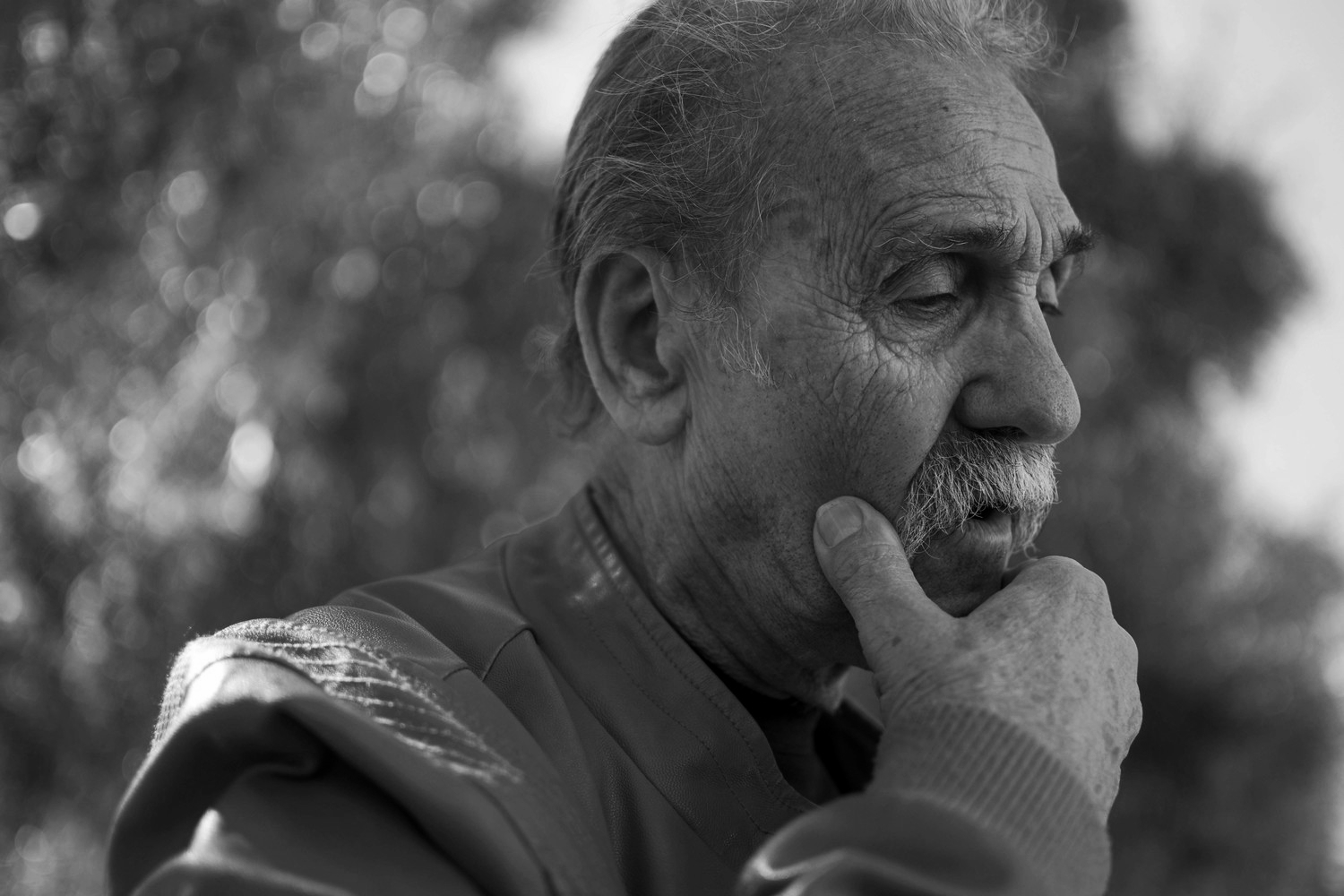
"I'm old now. The revolution needs young people to lead it." —Reuben Abergel, the co-founder of the Israeli Black Panthers.

In the back seat of a car in Bil'in, riding to the wall.
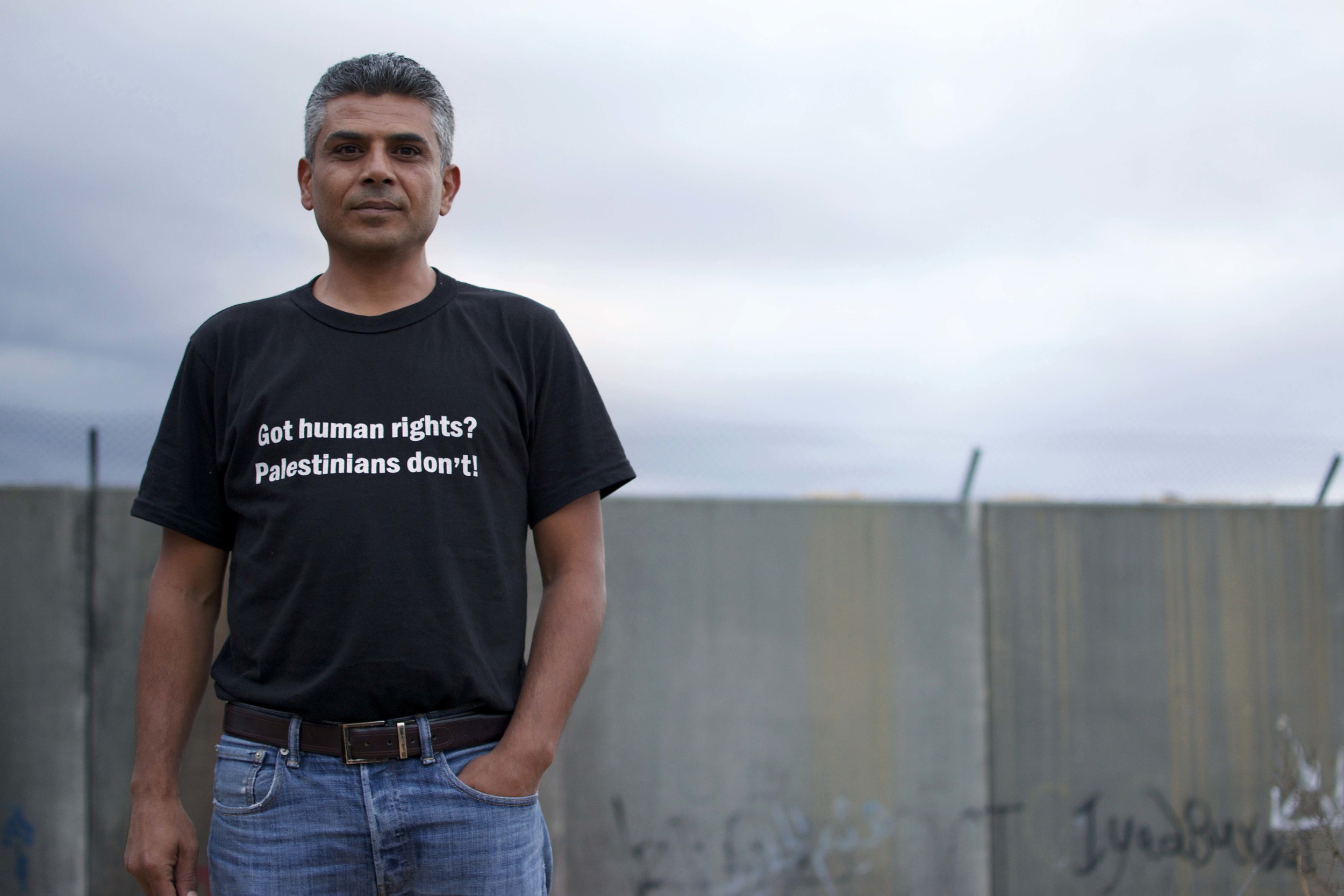
Palestinian activist Iyad Burnat, relative of the
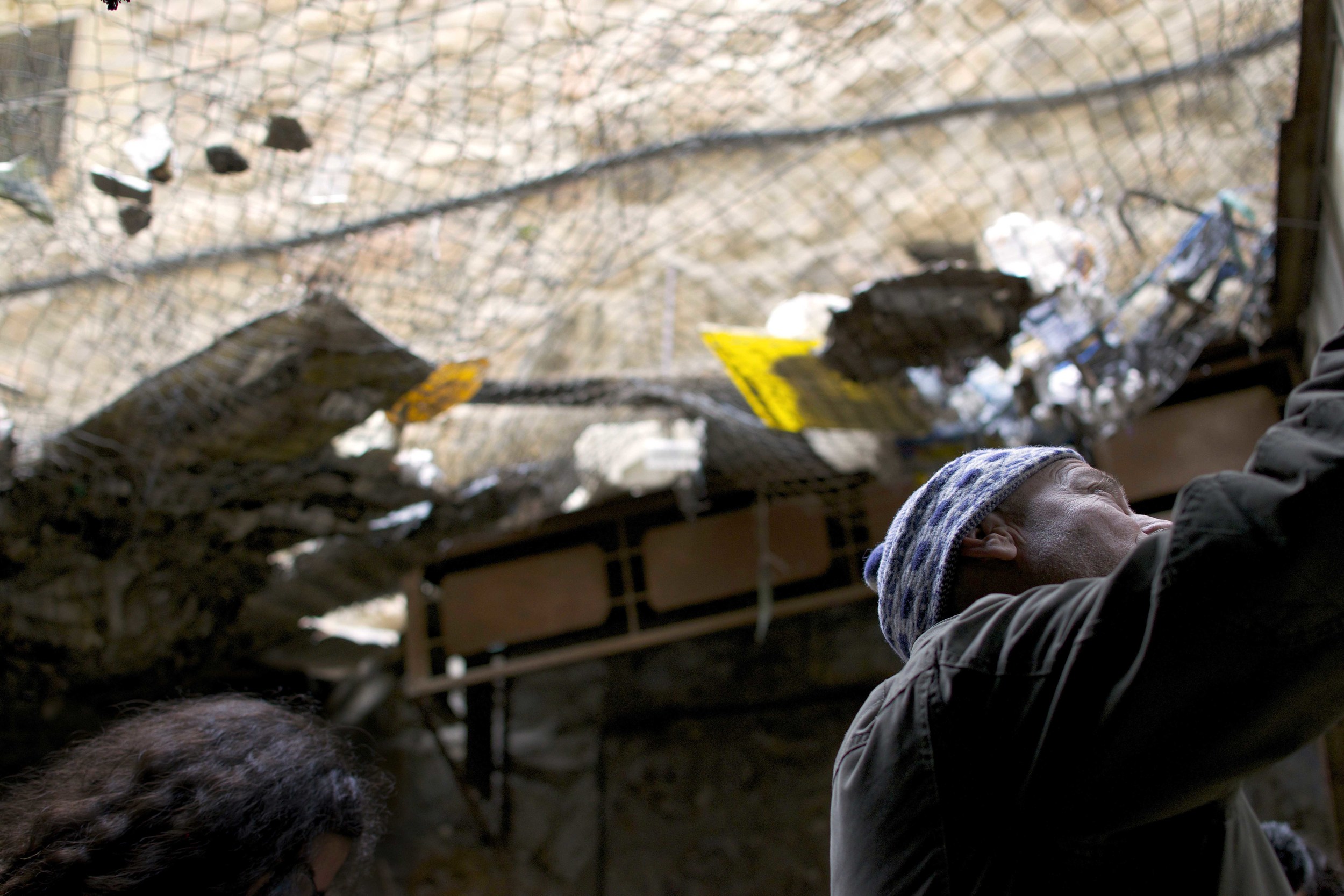
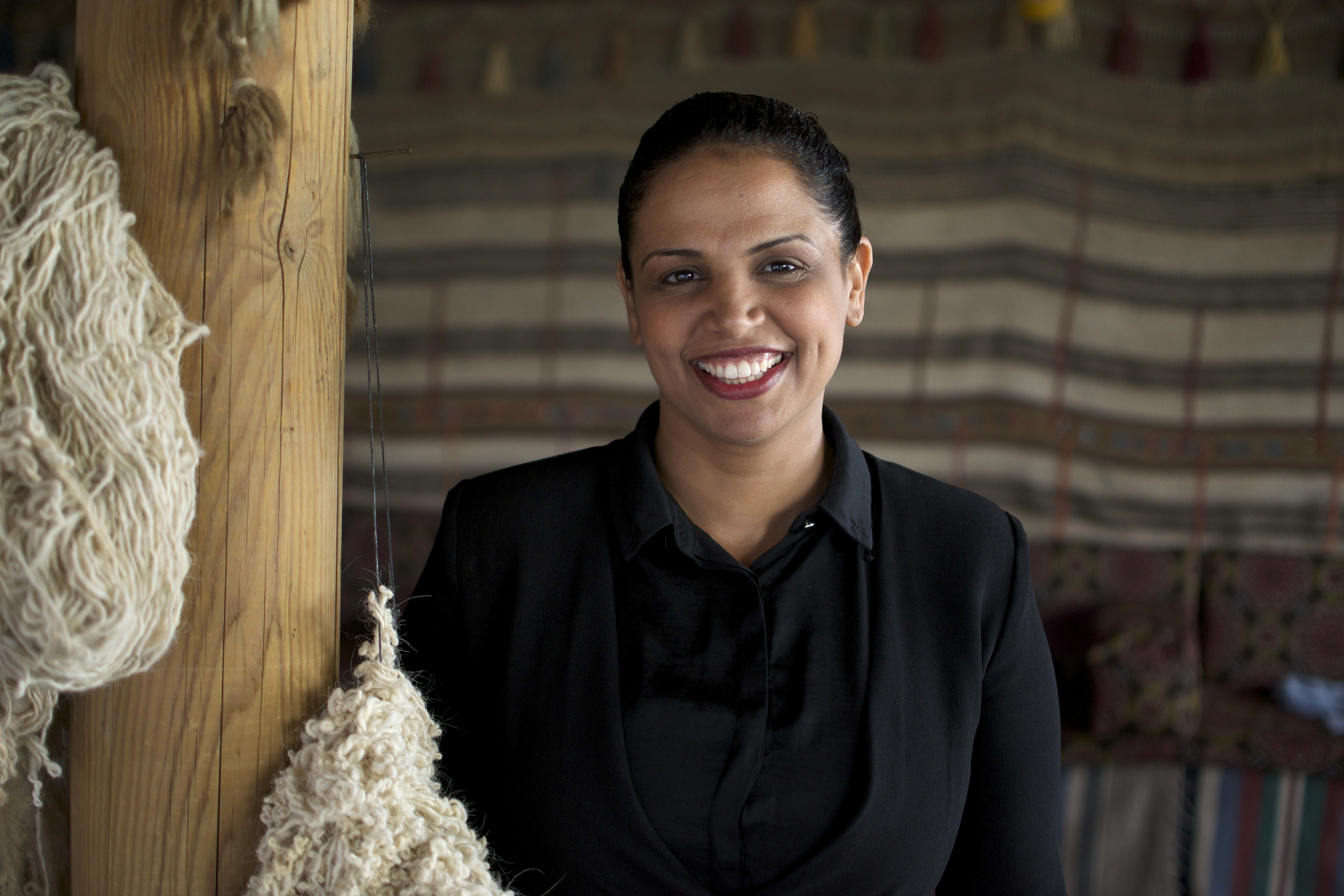
Hanan is the woman leader for Bedouin rights.
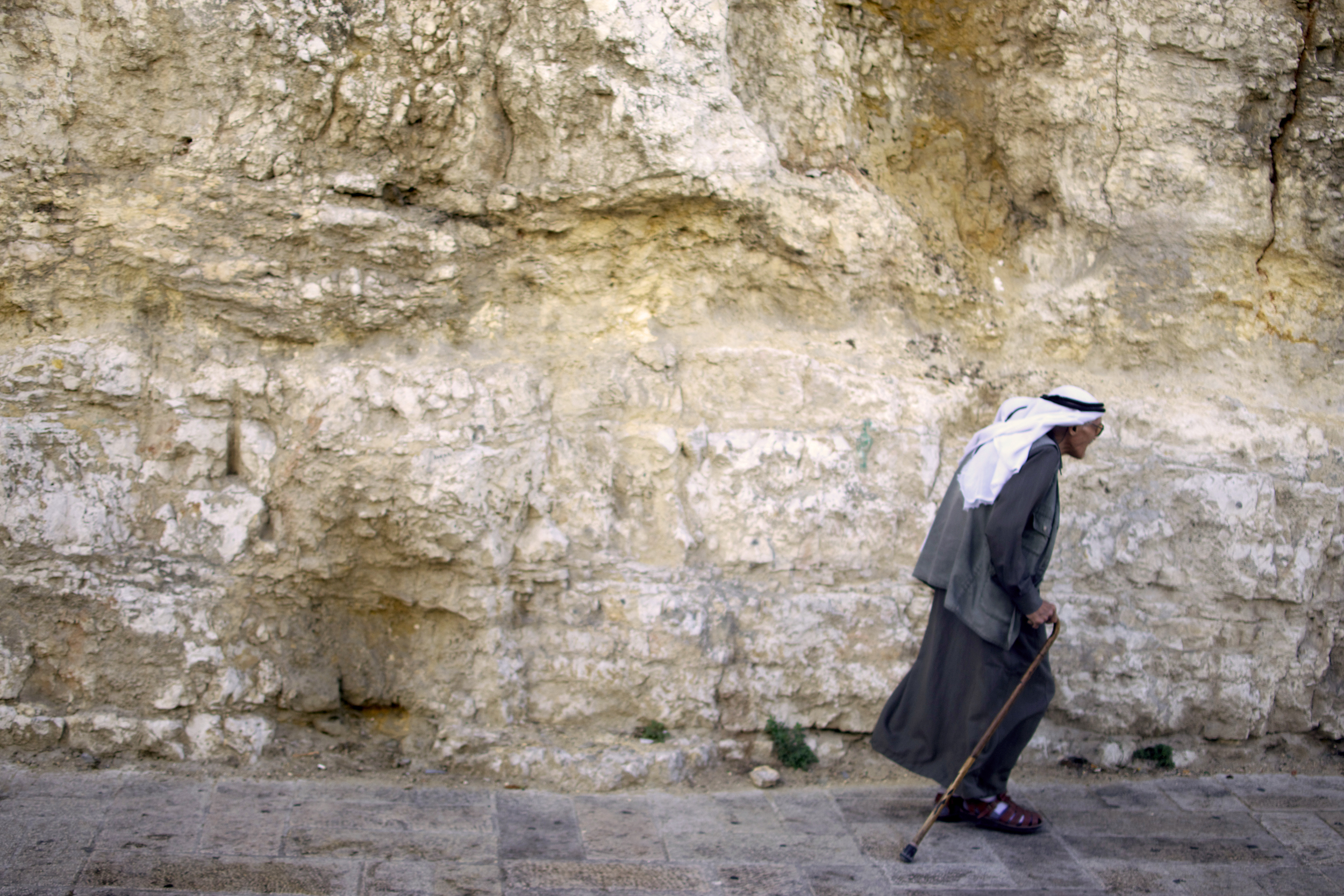
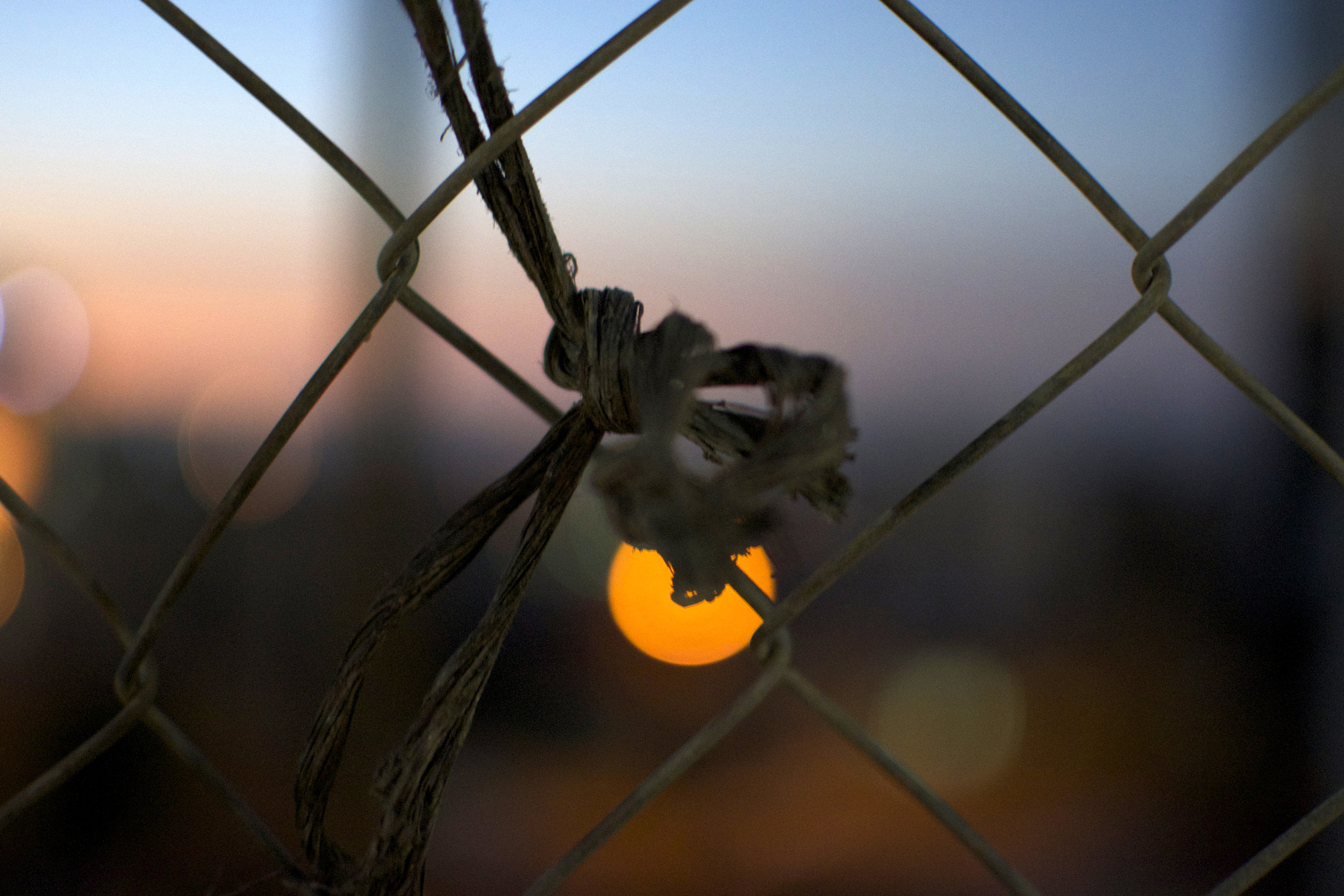
Downtown Ramallah. The city of Ramallah was often mentioned as a metaphor for complacency. The bright lights and amenities of the city have a sedative effect on the movement for freedom.
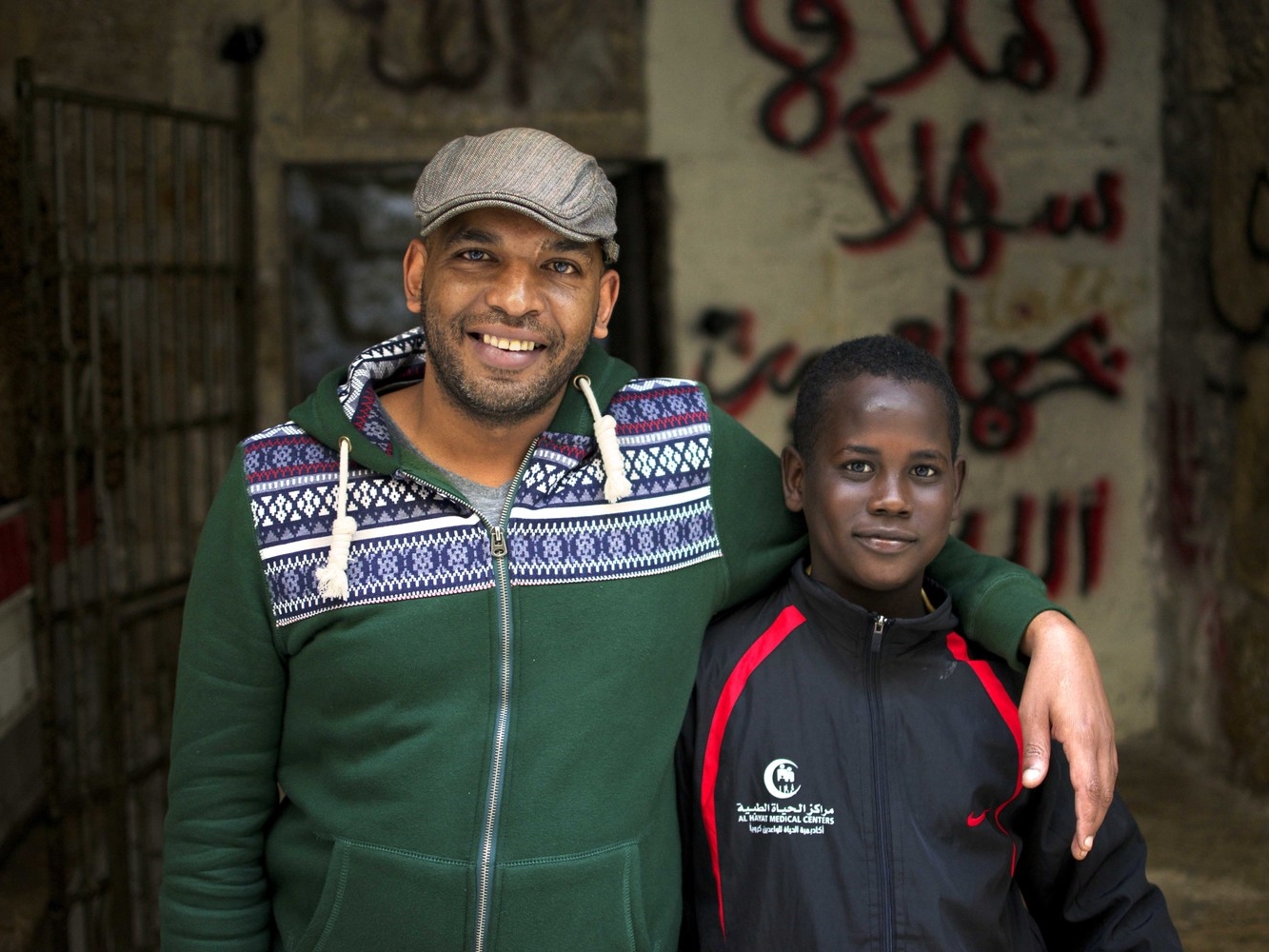
Yasser runs the African Community Youth Center. His parents and the parents of his generation of afro-palestinians came to Palestine as freedom fighters. Yasser loves helping develop youth through theater and math. "We are very prod of our roots as africans," said Yasser. "And also very proud of our identity as Palestinians."
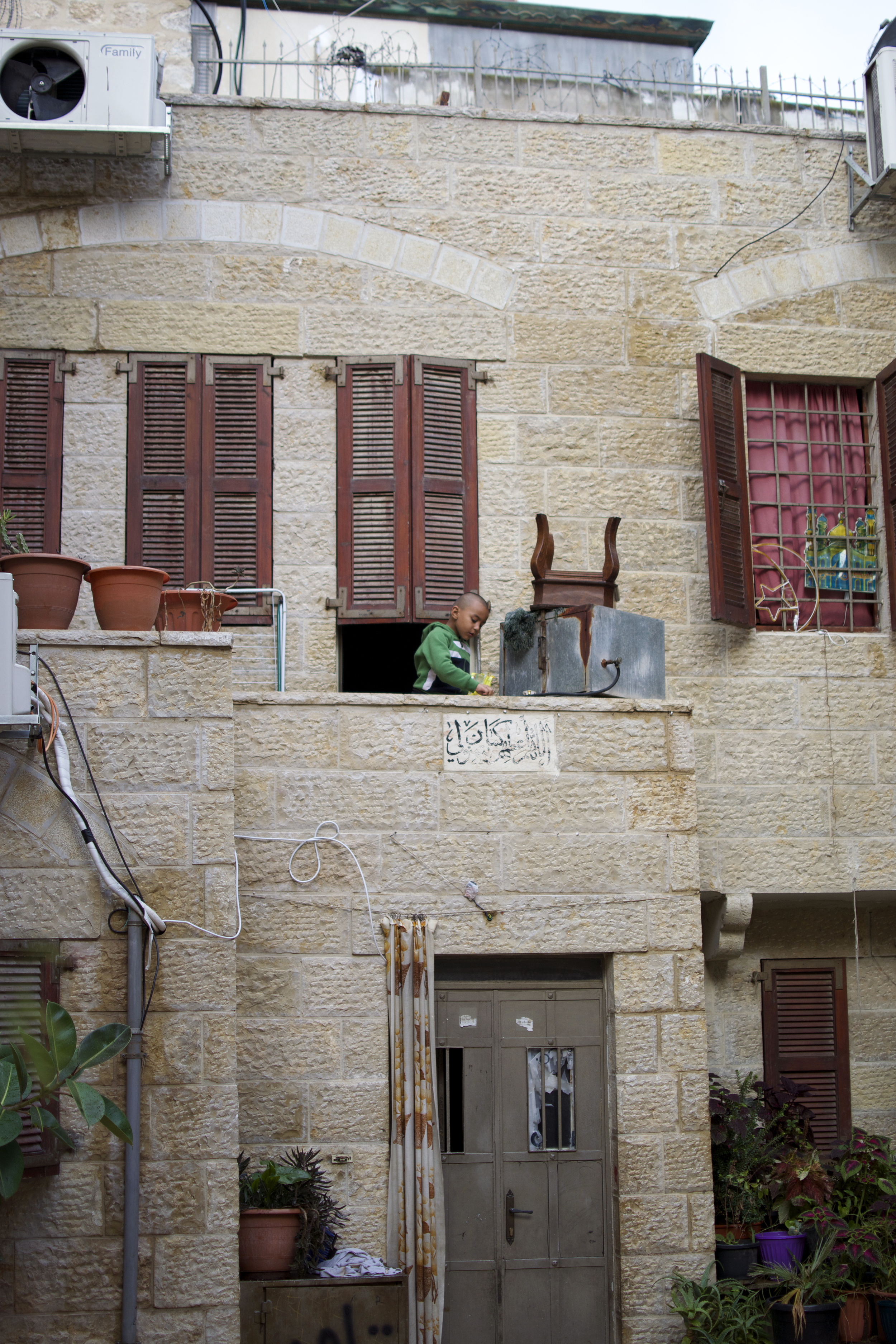
A kid playing on a balcony in the refugee camp that Yuseff runs.
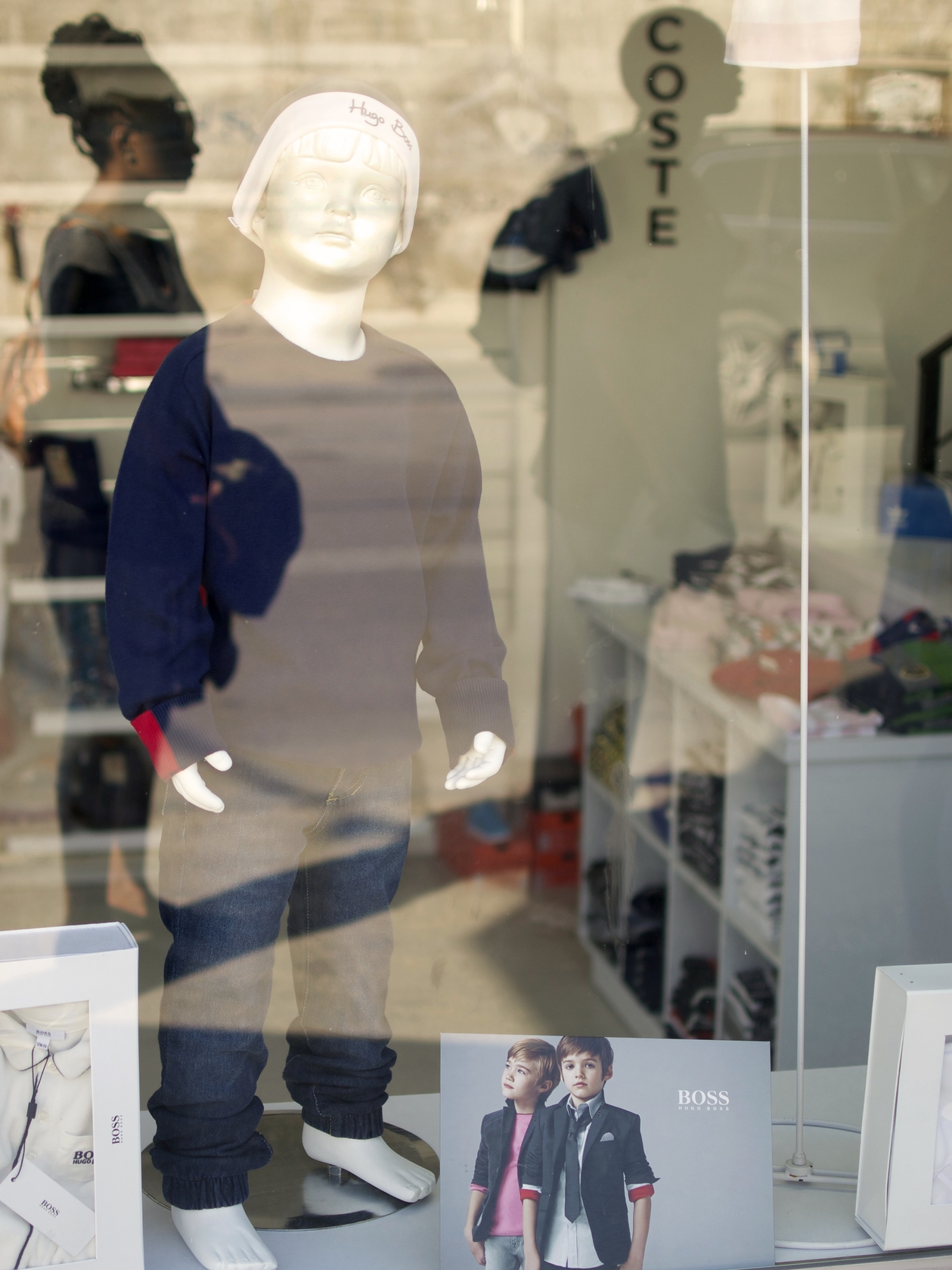
A store window in Jaffa of black bodies reflecting behind white advertisements. Racism and Colorism are inescapable realities in Palestine/Israel.
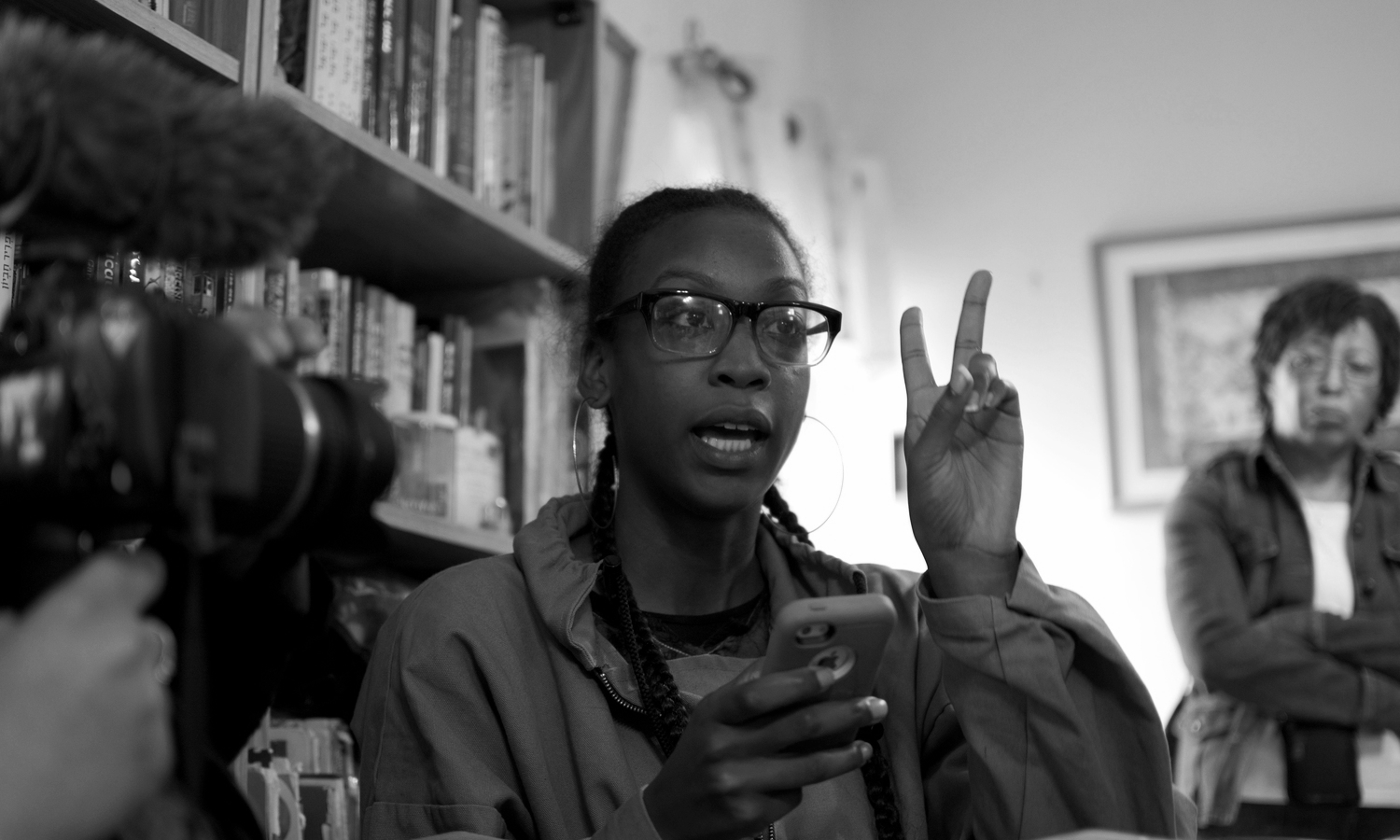
Activist Kamilah Moore confronting an Israeli Settler with difficult questions. "I need you to cite a specific verse," she said. "Where in Torah does it allow you to keep dead people as prisoners?"
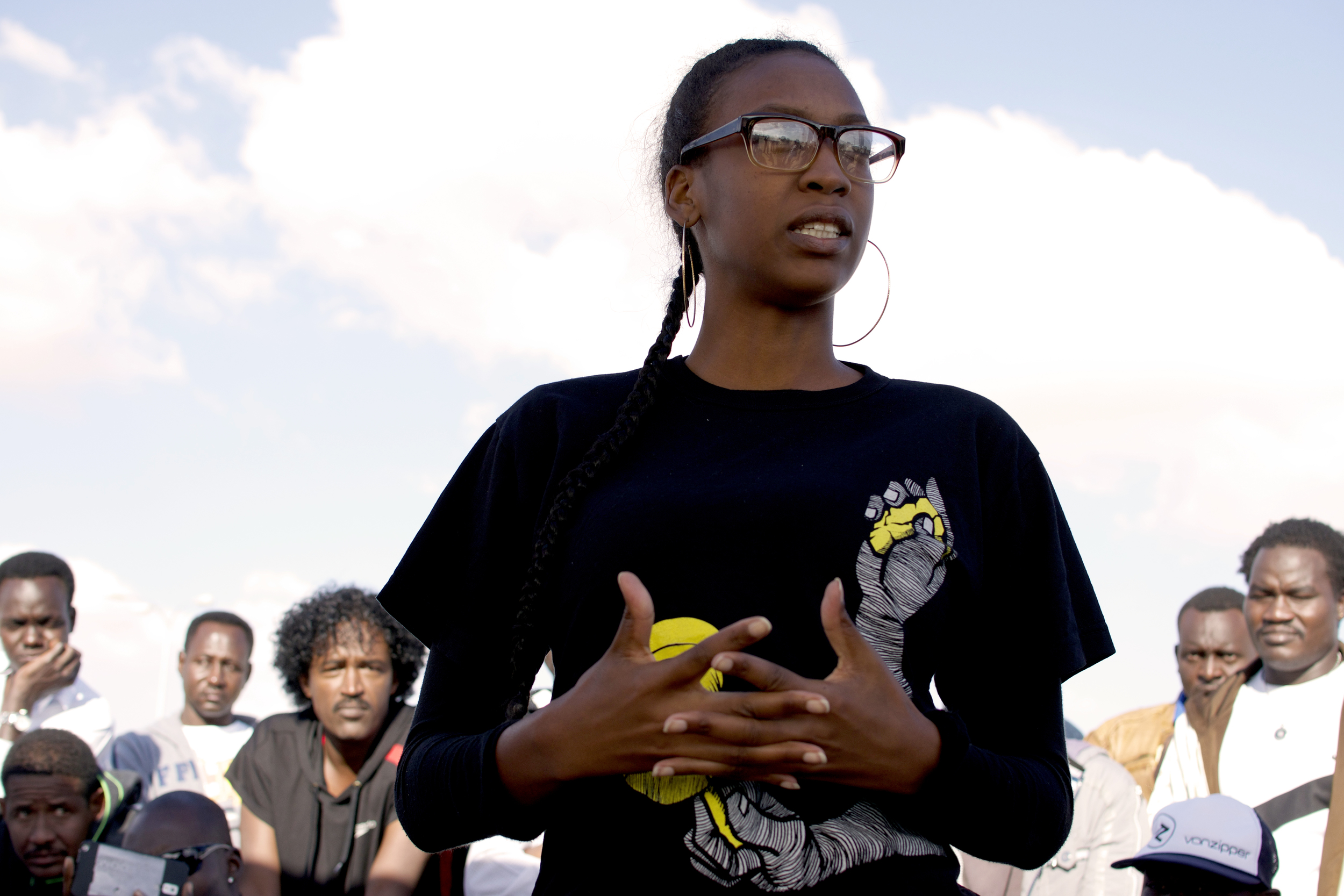
Activist Kamilah Moore speaking in front of hundreds of Eritrean and Sudanese "prisoners" at the Holot Detention center. The center holds about 2,000 prisoners, a couple of hours south of Jerusalem. They are stuck without adequate food and no healthcare, simply because they are black.
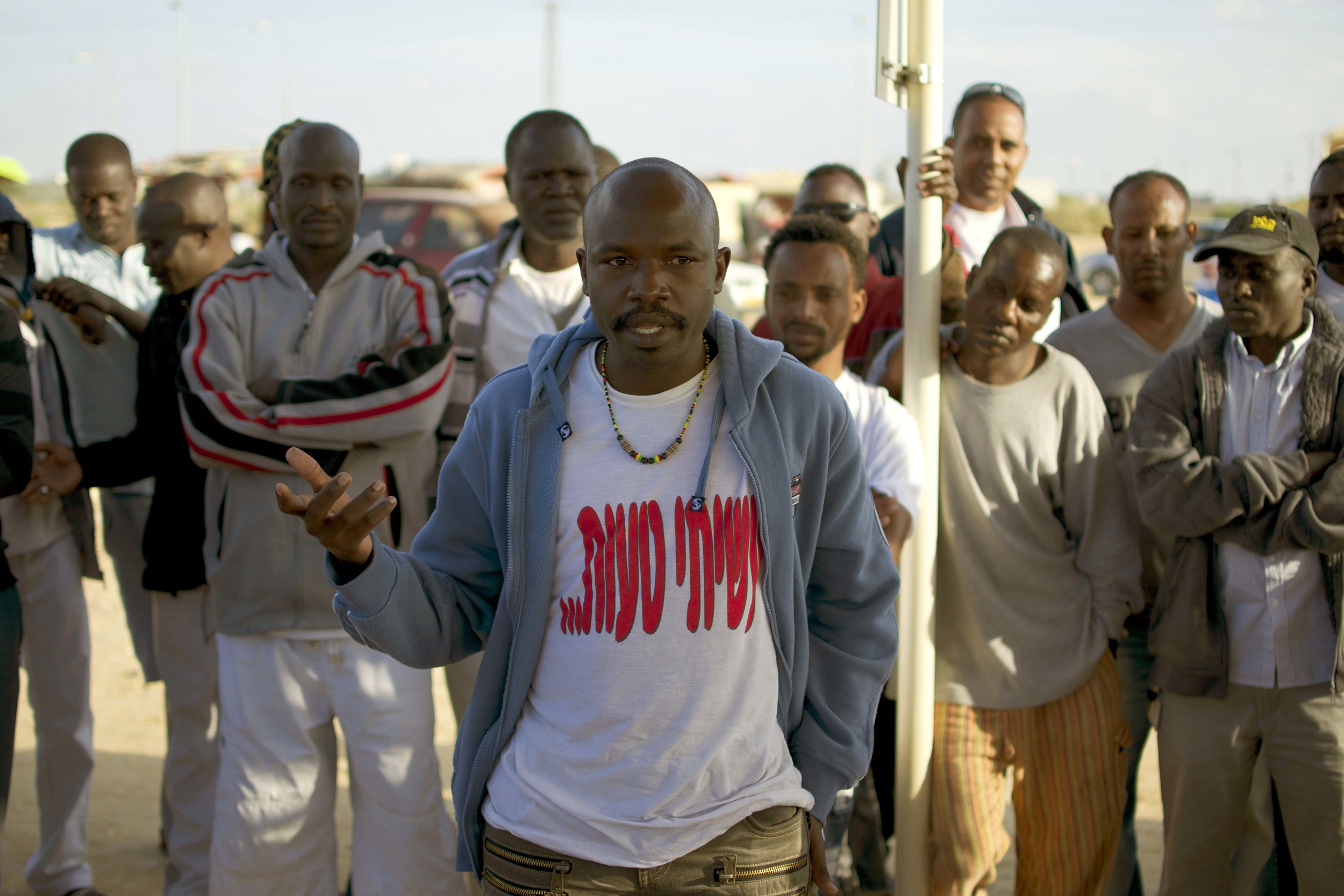
Holot Detention Center.
One prisoner said, "We have hosted a few groups here, but never Black people. Today we are honored, because it feels like our brothers, sisters, mothers and fathers came to see us."
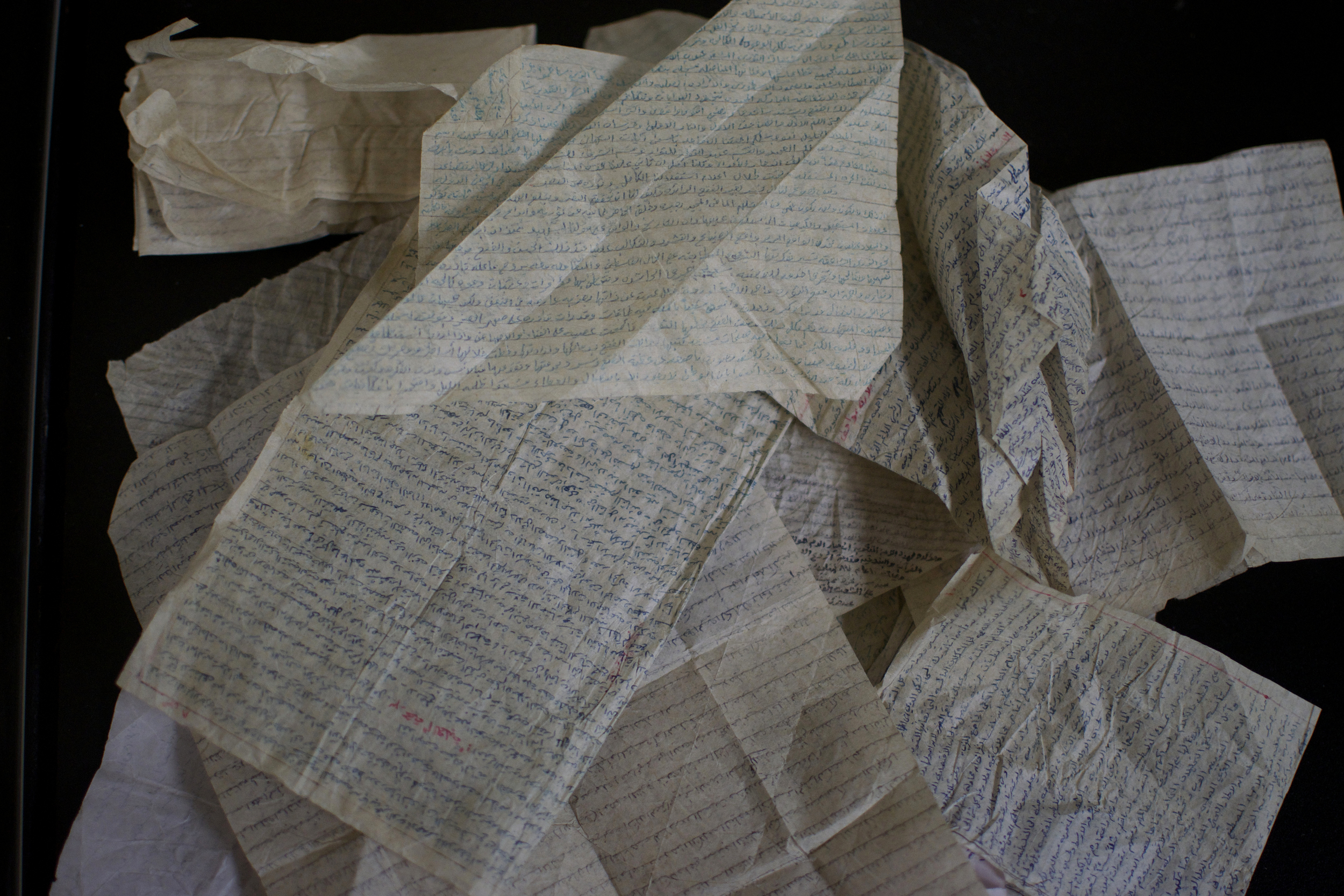
Prisoner letters from a Palestinian prisoner museum. Prisoners often sneak letters in and out of jail, through risky means, to preserve knowledge and to communicate with family.
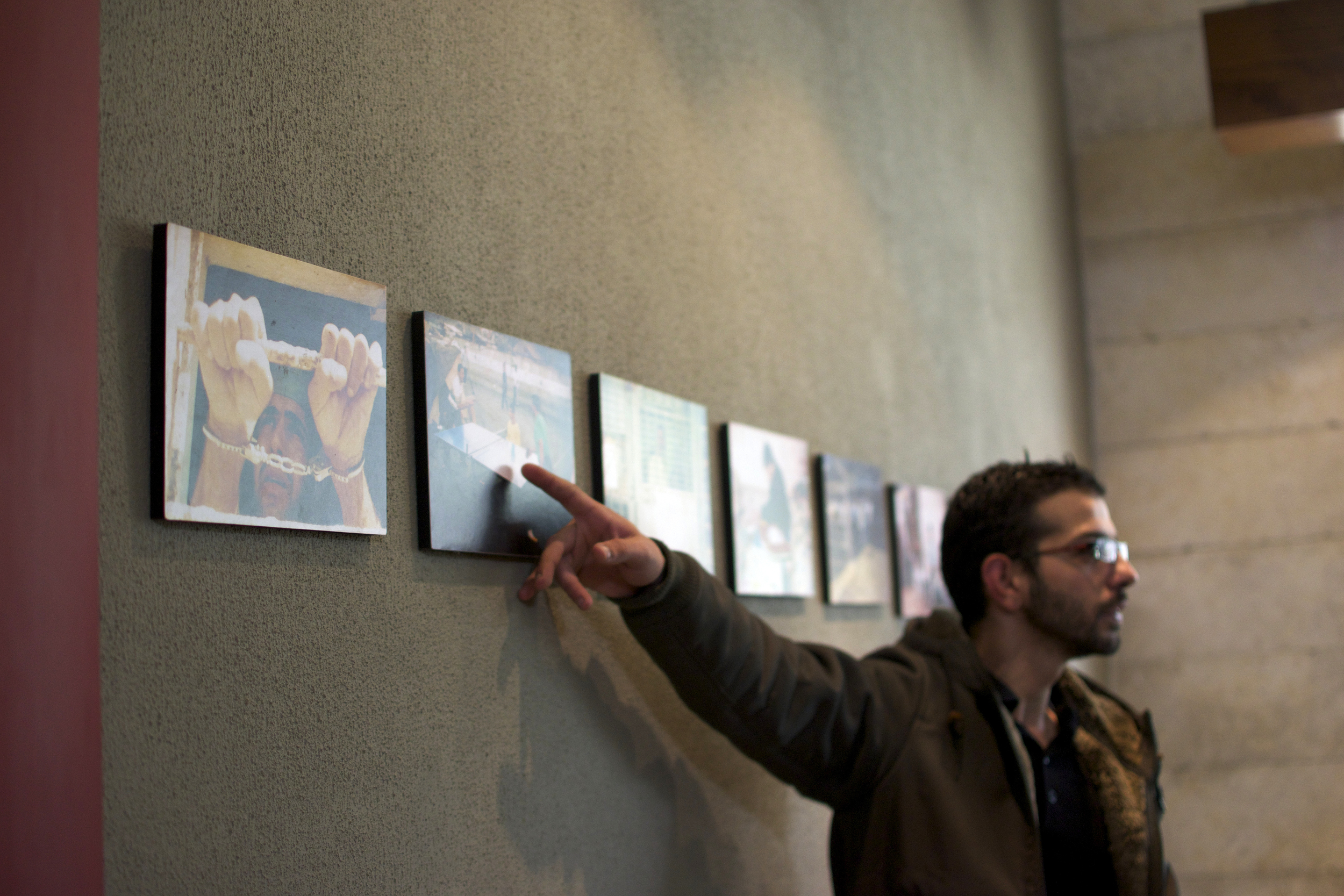
During a tour of a Palestinian Prisoner museum. Thousands upon thousands of men, women, and even children have been arrested and detained in detention centers. 80% of prisoners report experiencing some kind of sexual, physical, or psychological abuse while detained.
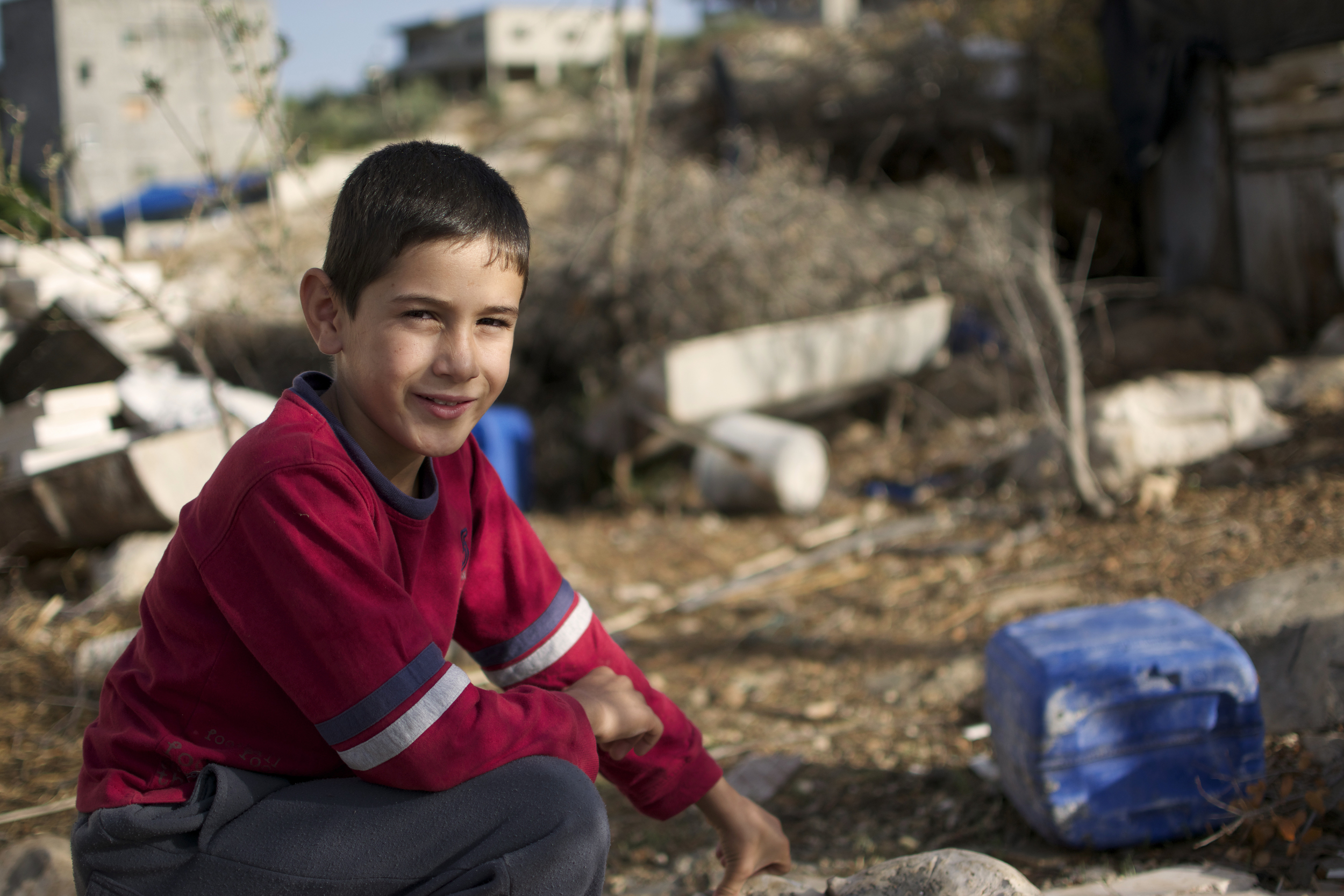
This boy is from the village of Bil'in in the West Bank. The delegation spent the night in his house as we heard firsthand stories of life under occupation. His friend, Iayad Burnat's son, was badly injured after getting shot during a protest. The friend can barely walk now and needs surgery to gain full mobility again.
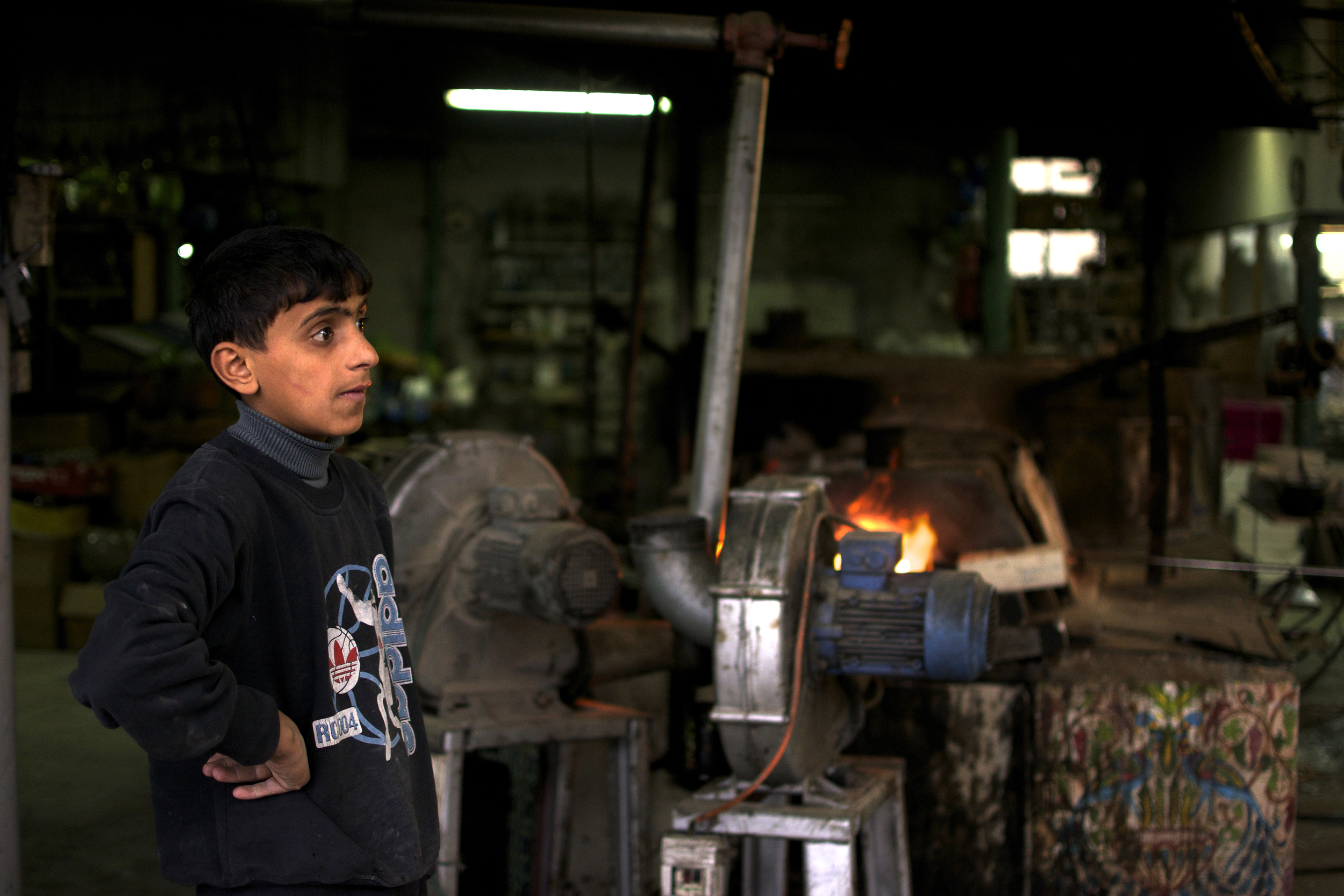
This boy takes a break from making glass. This was just inside a small shop on the way back to Jerusalem. Glassmaking is an important industry for Palestinian people.
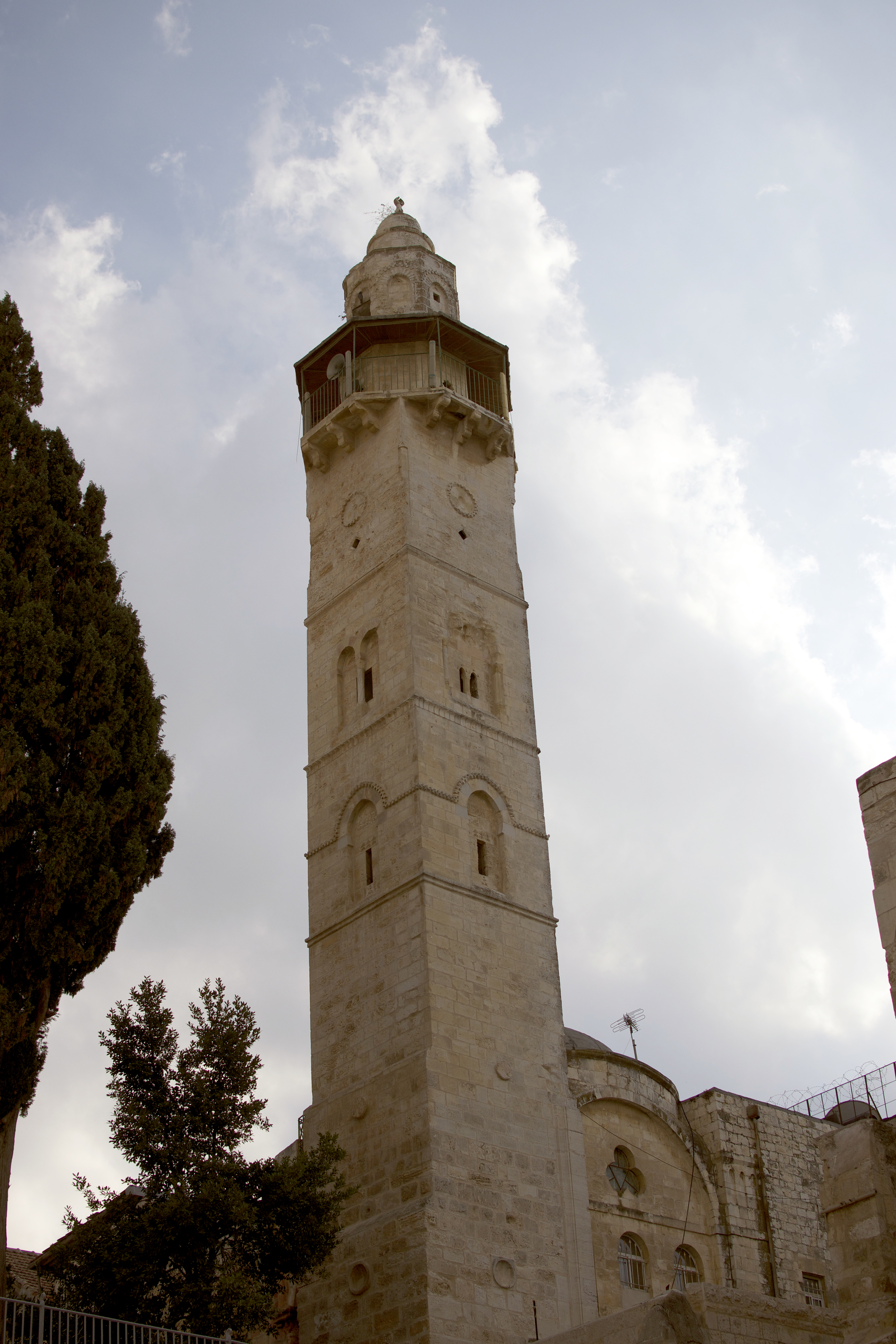
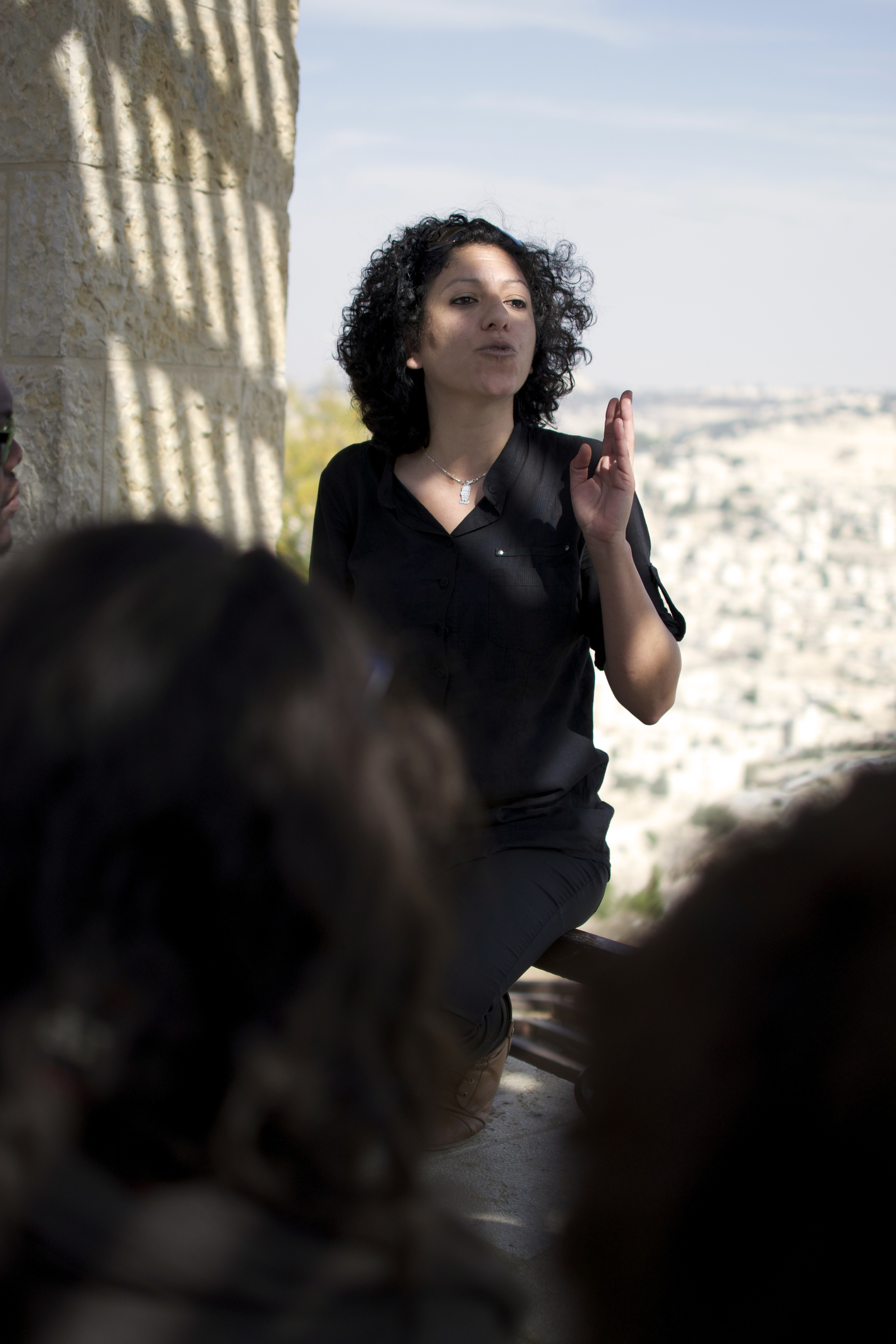
Palestinian activist, Fay Ruze, explains the stark difference between east (palestinian side) and west (Israeli side) Jerusalem at on overlook above the city. She also explains the history of the apartheid wall.
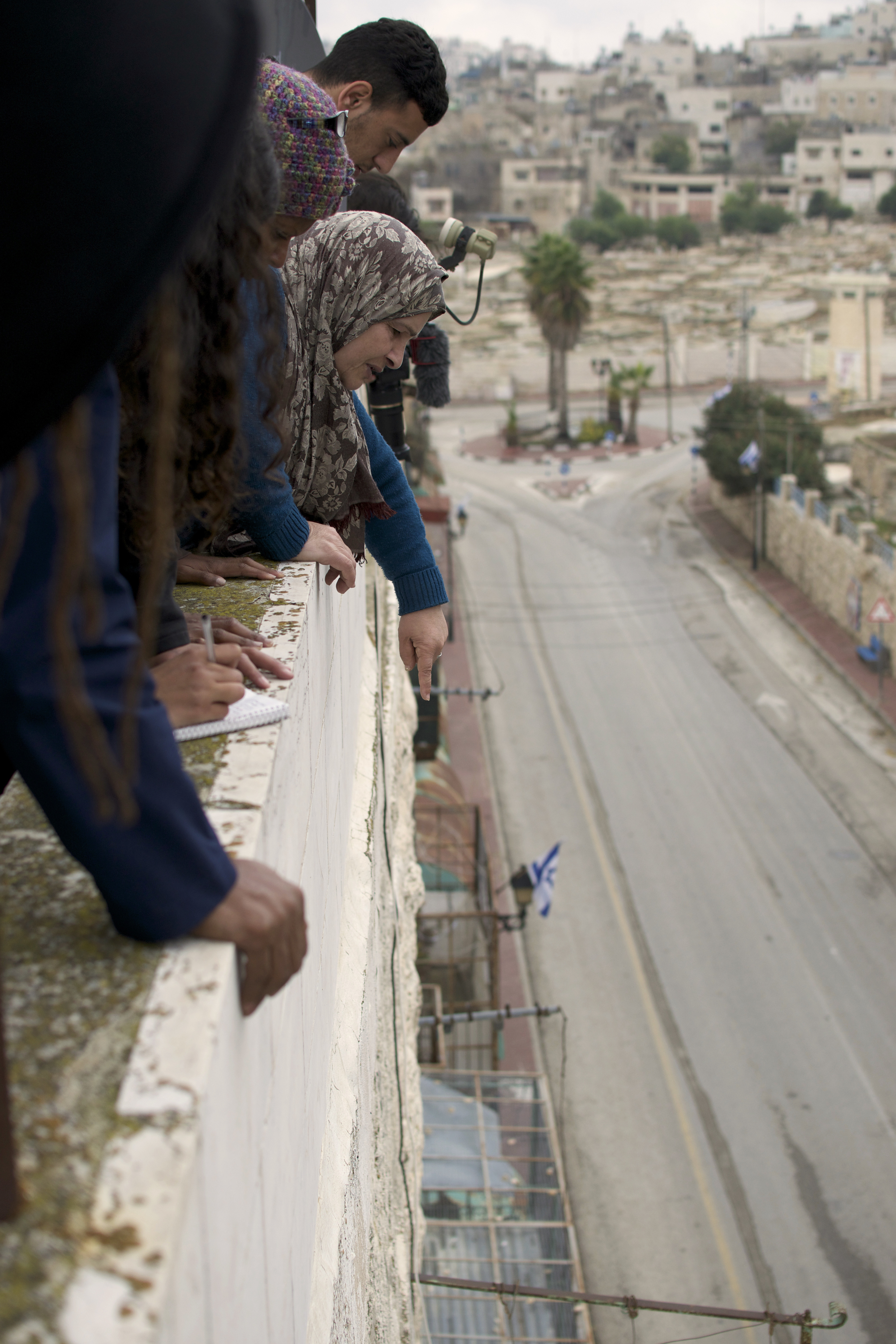
Overlooking a street in Hebron that is blocked off in the name of security.

On this stretch in Hebron, Jewish settlers often throw rocks and garbage in an attempt to hit Palestinians. They put a net up to protect themselves. But the hail keeps coming.





























